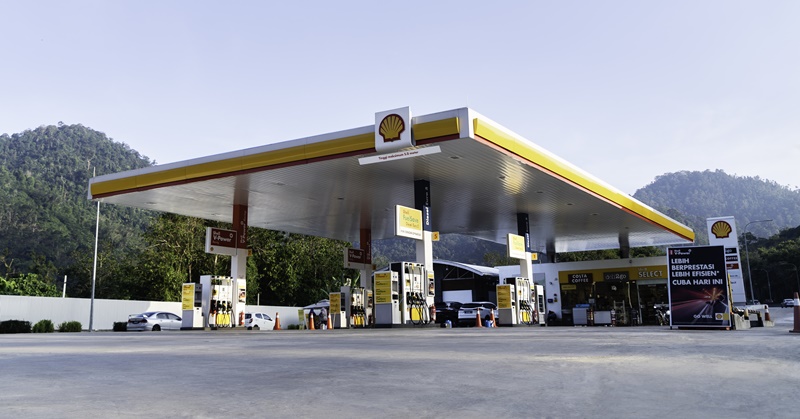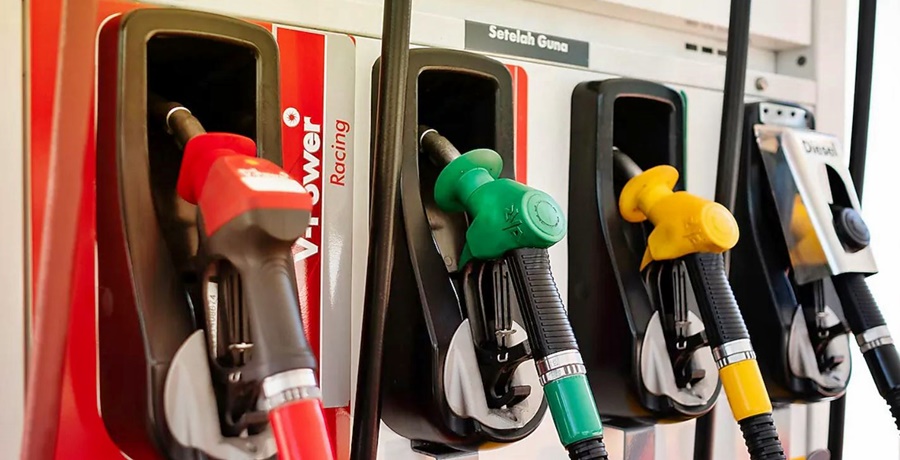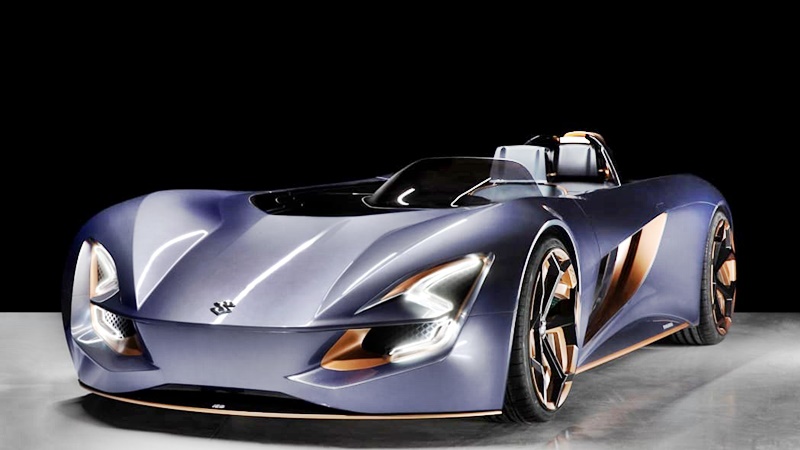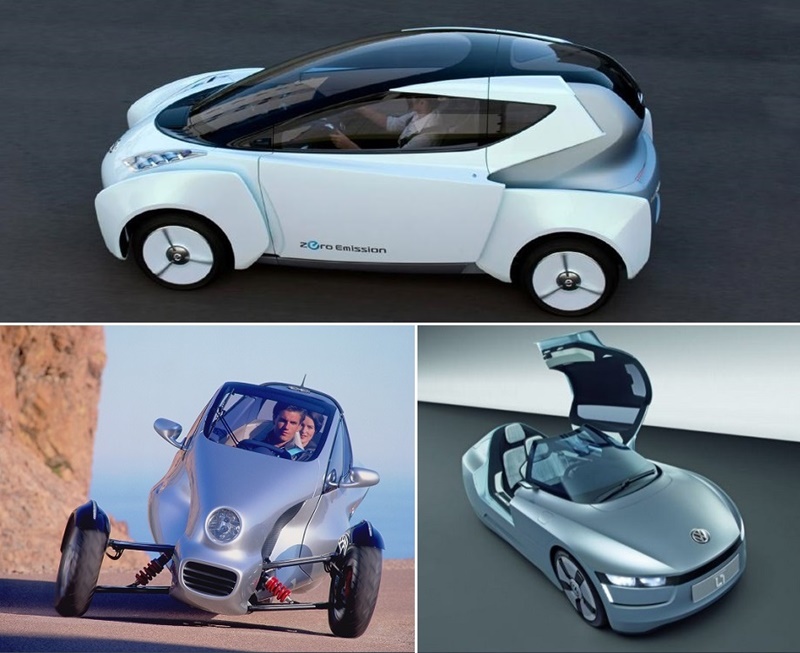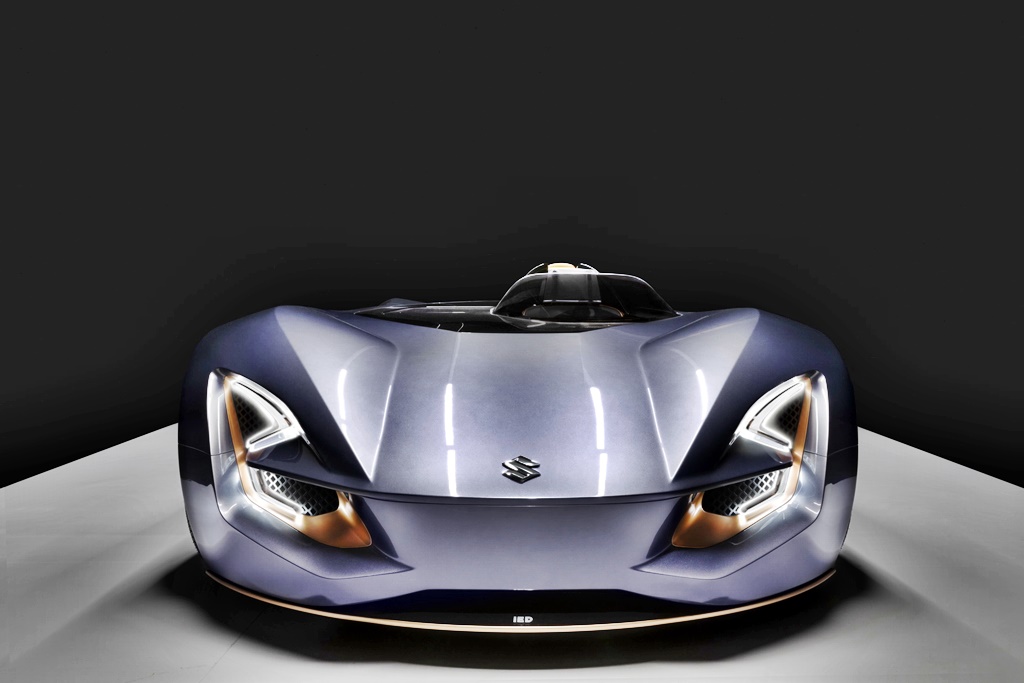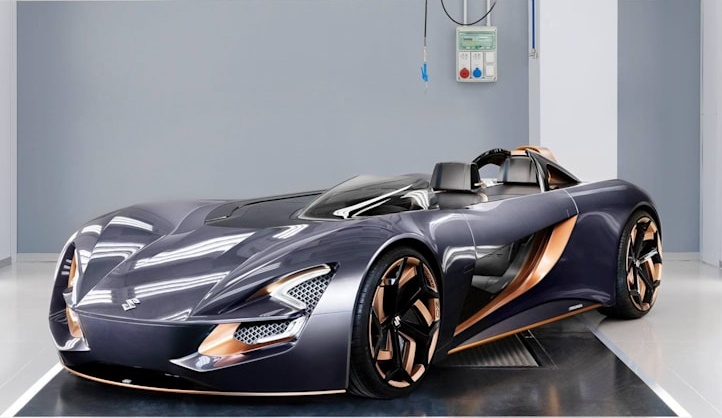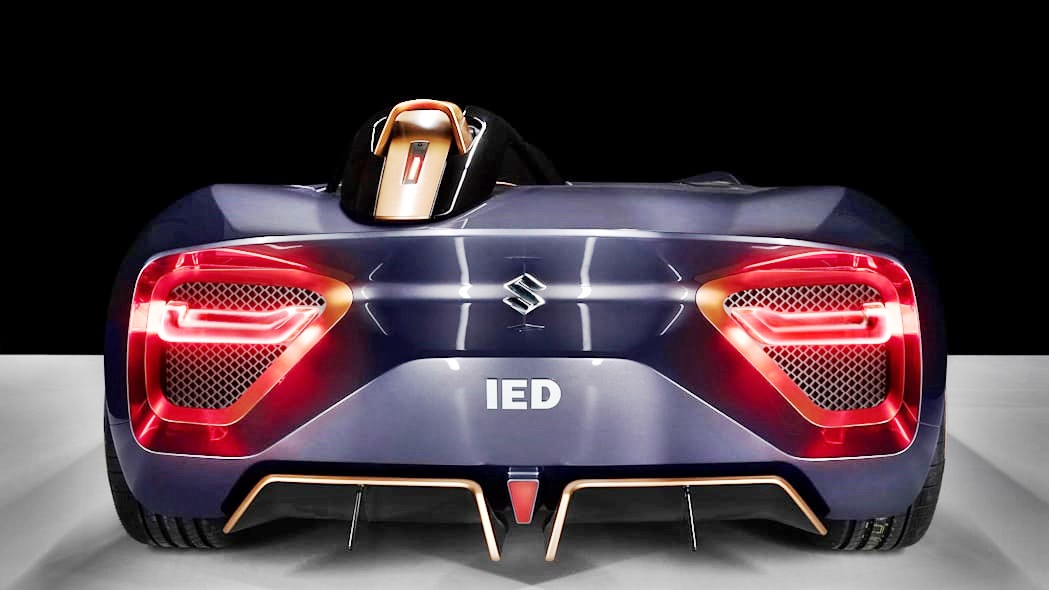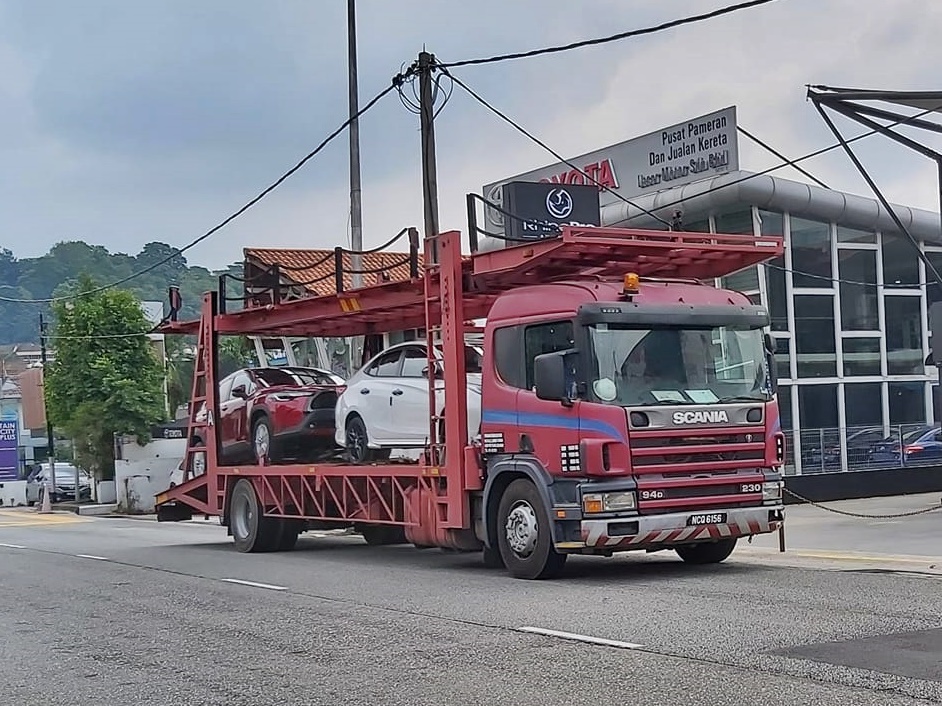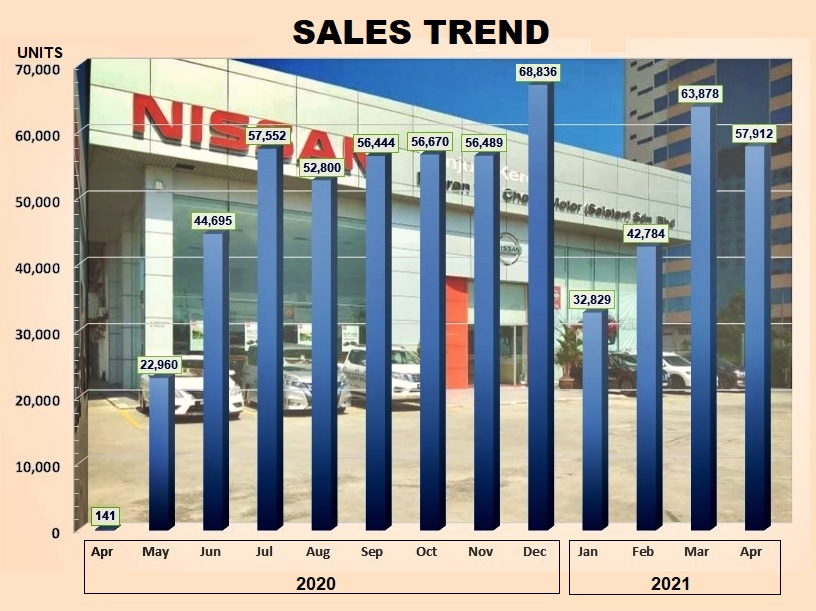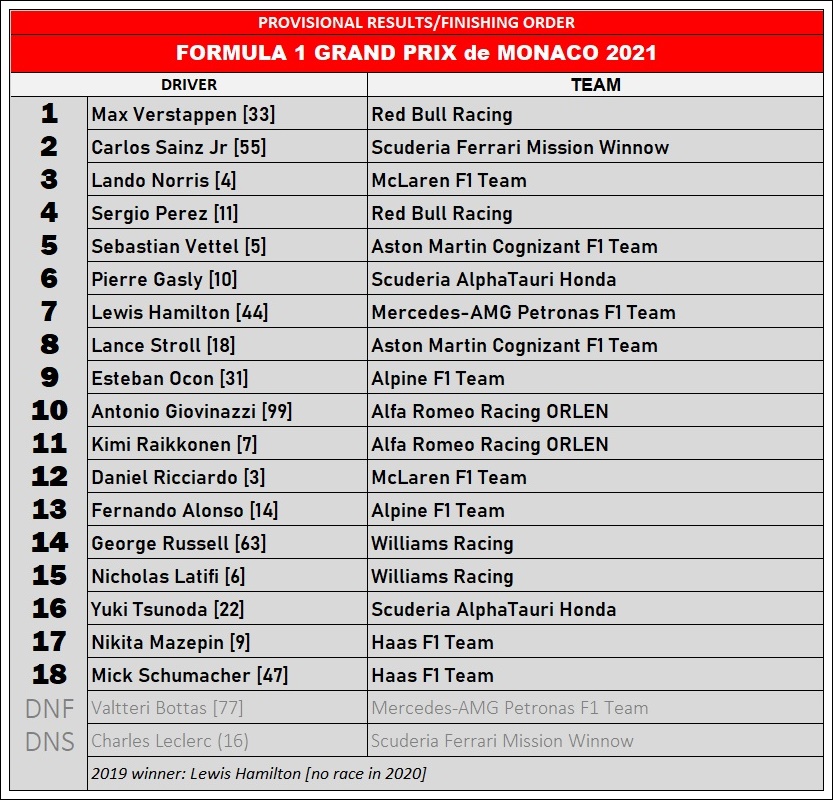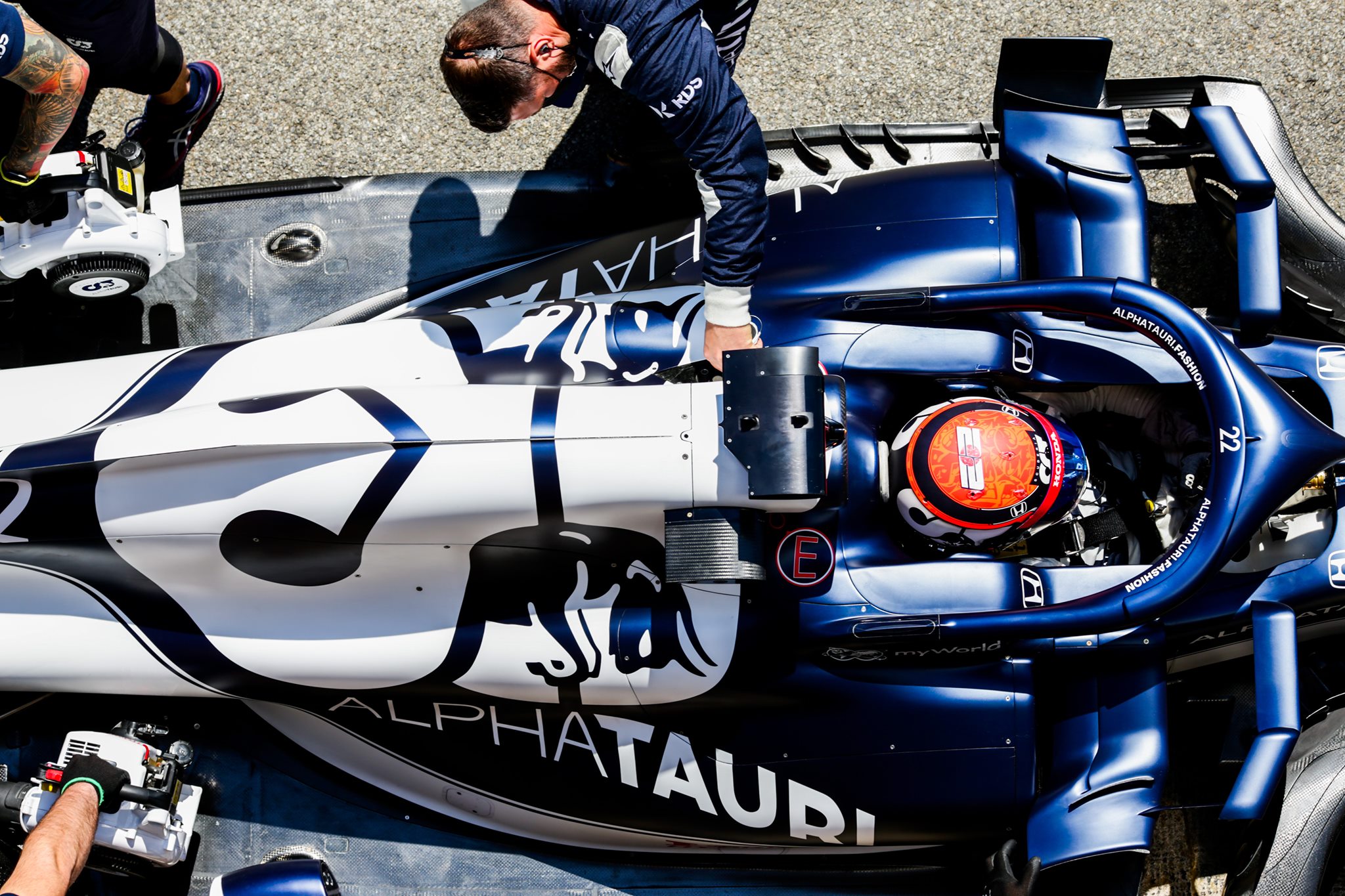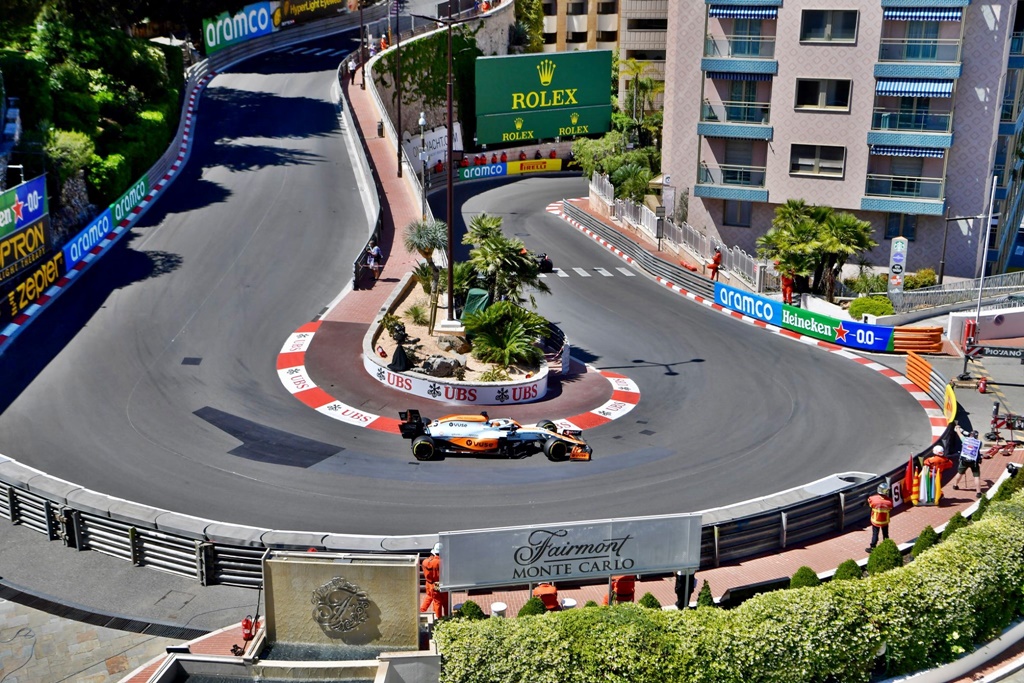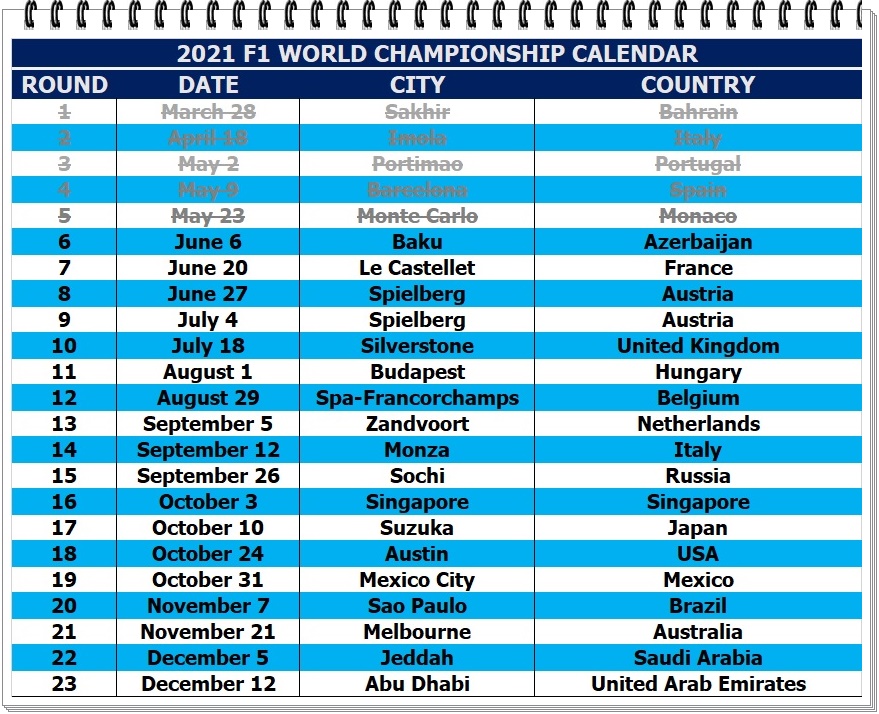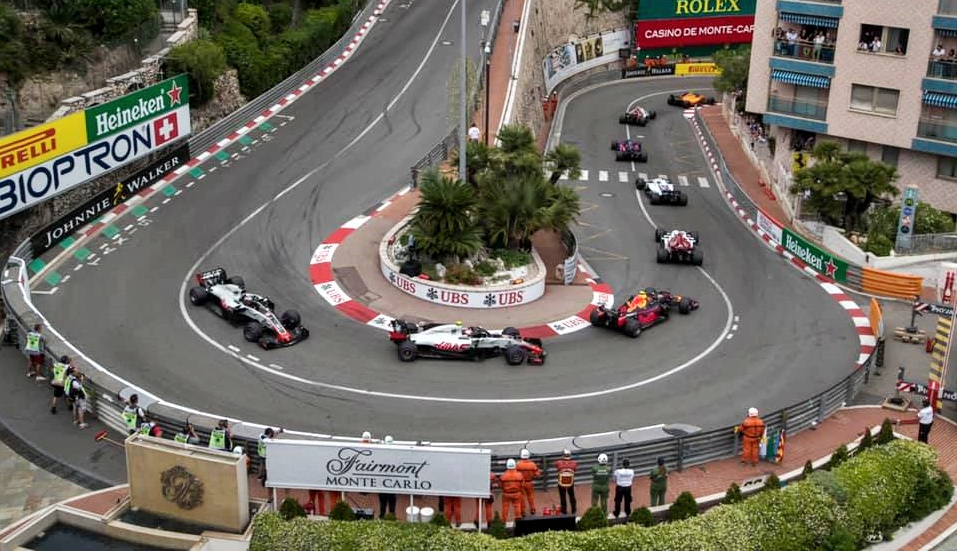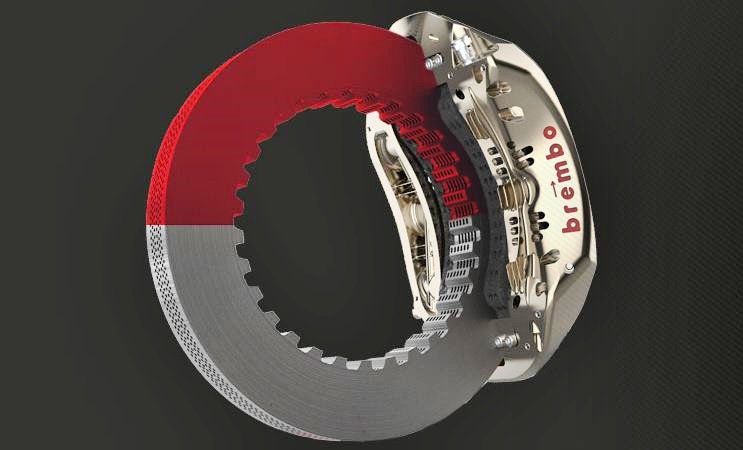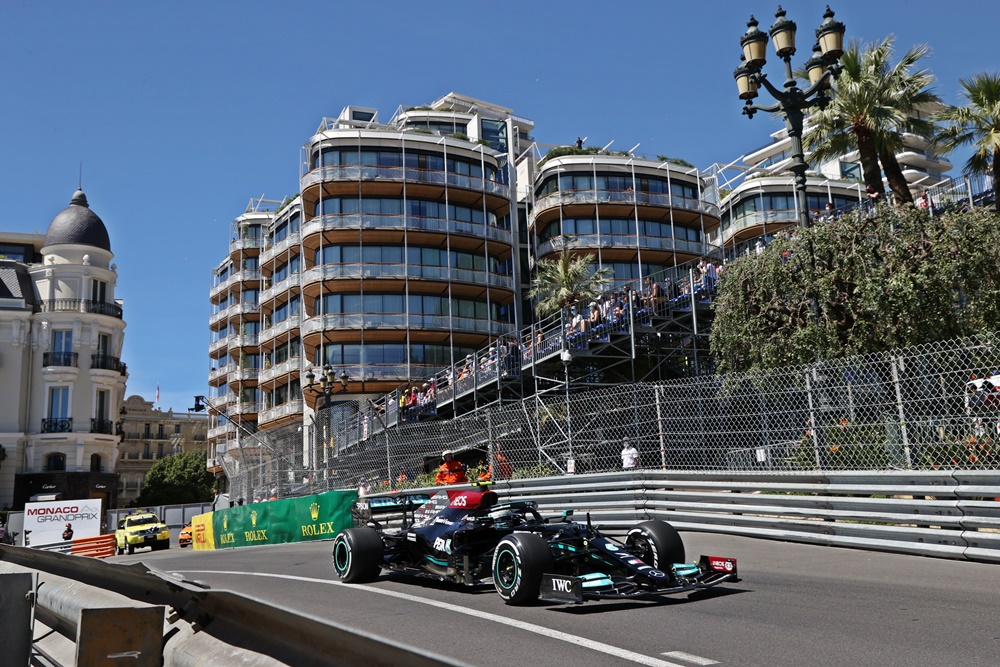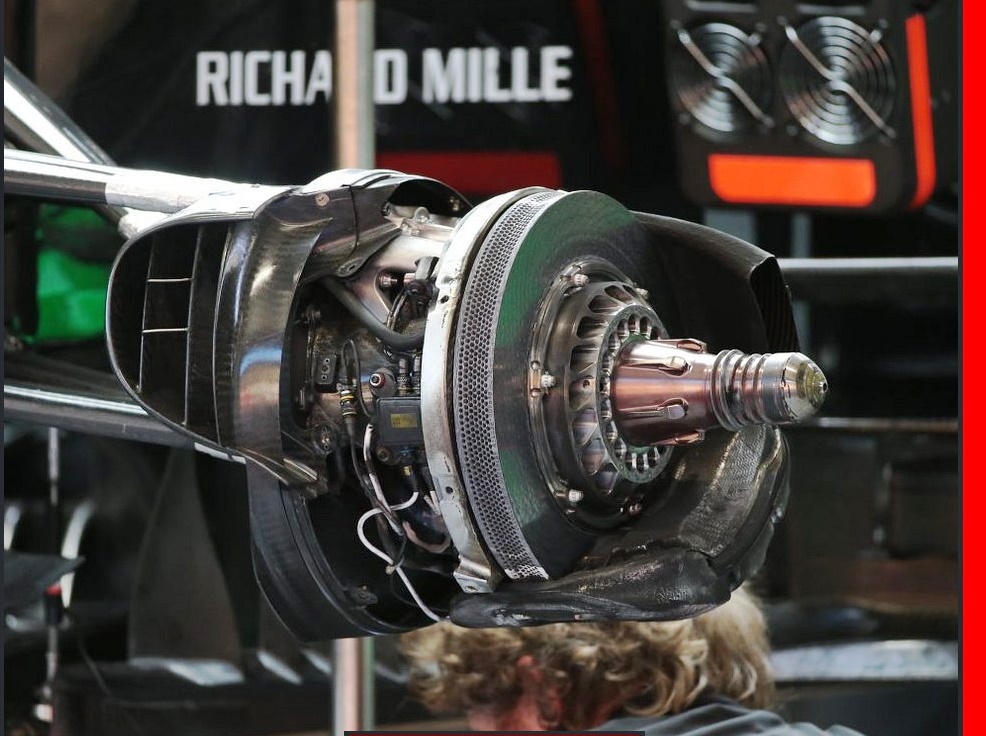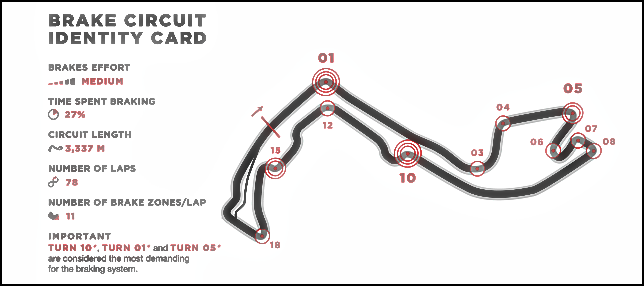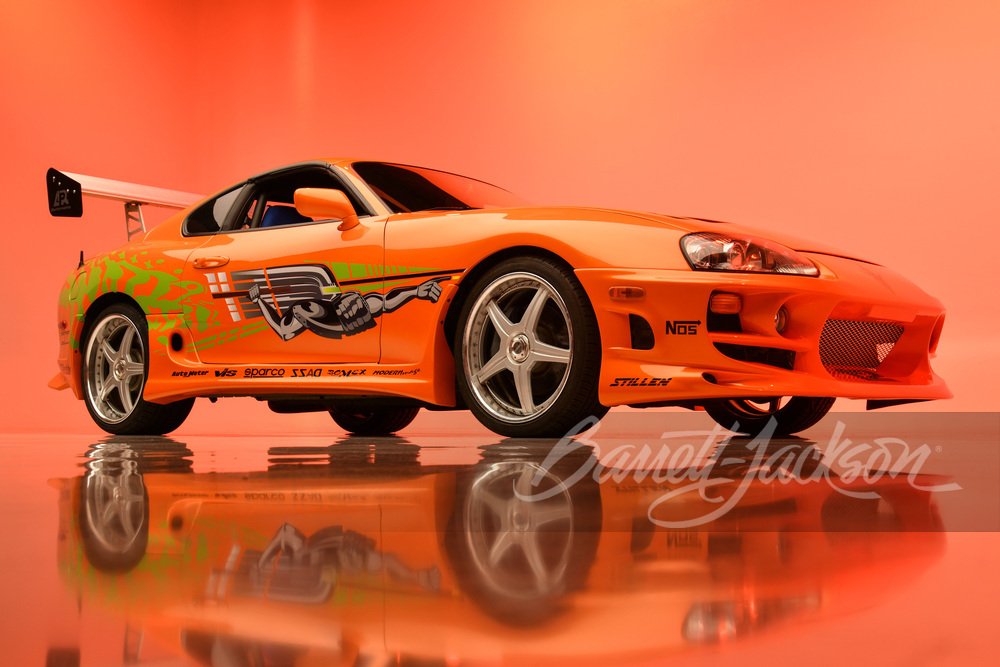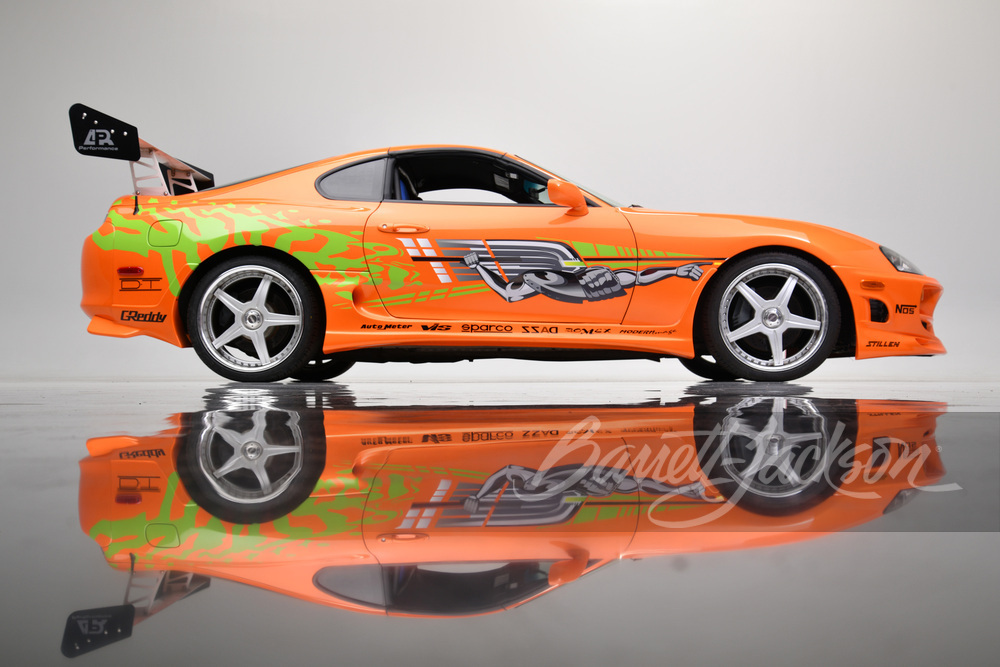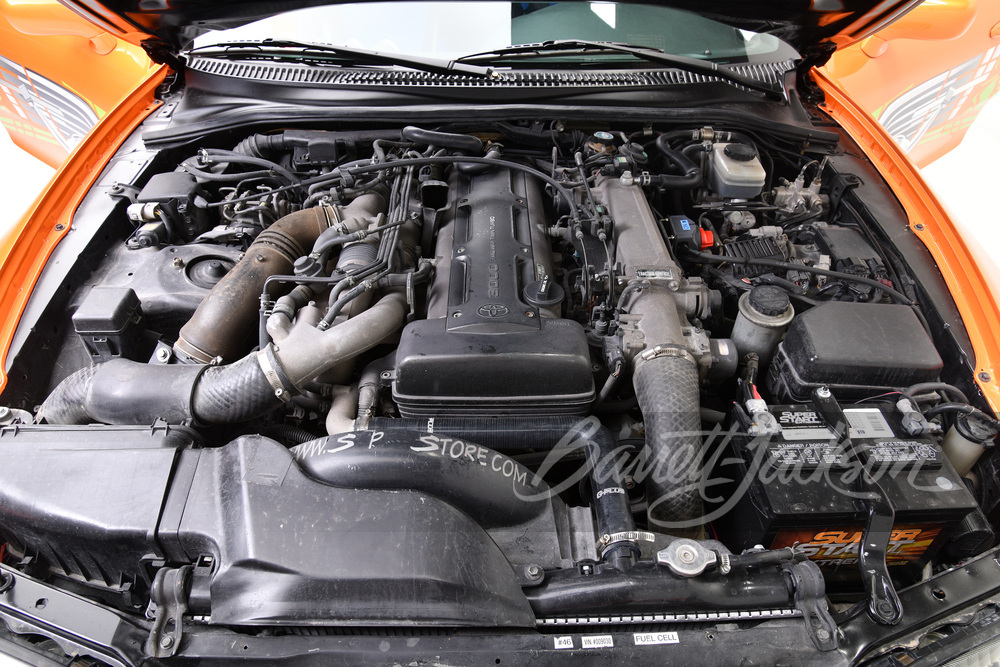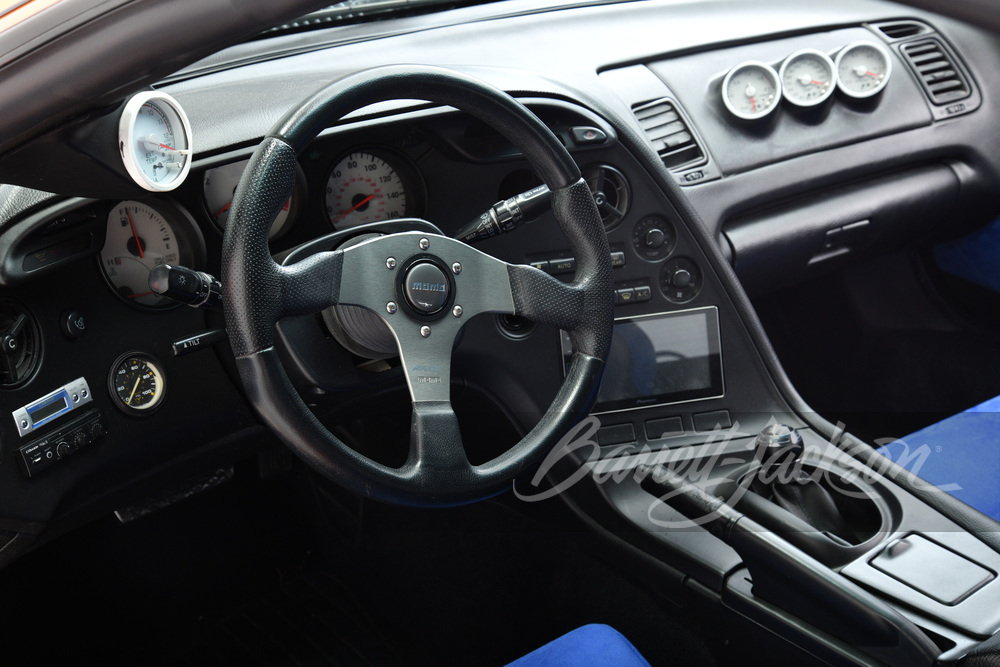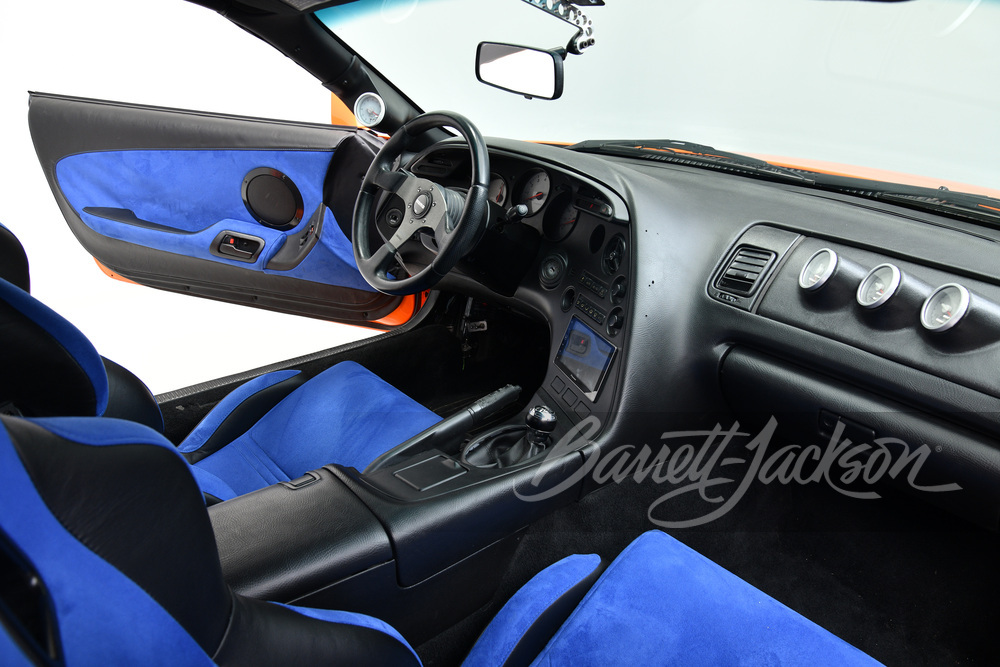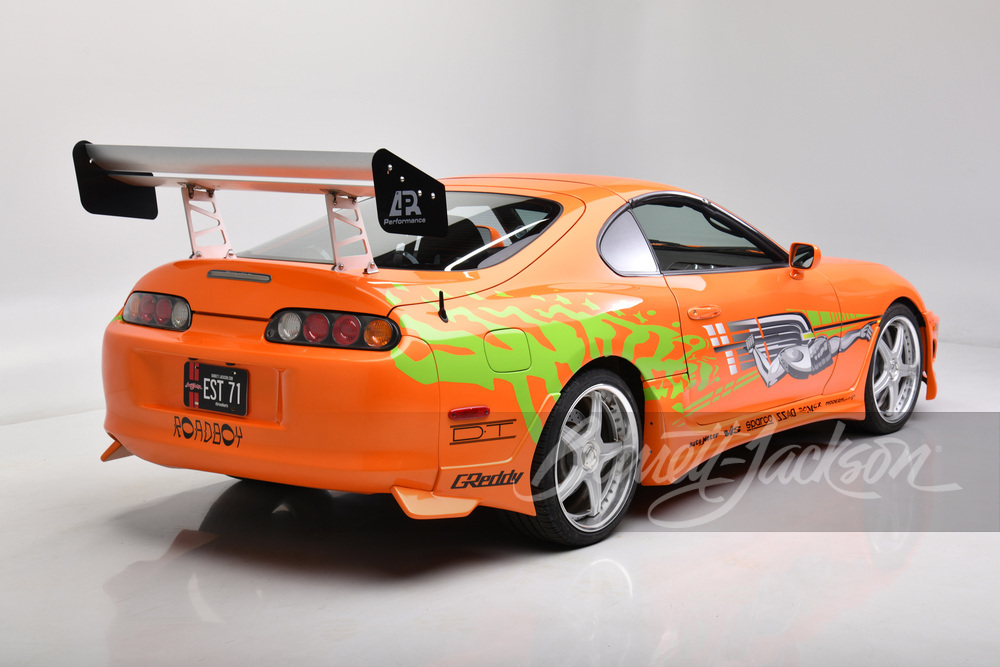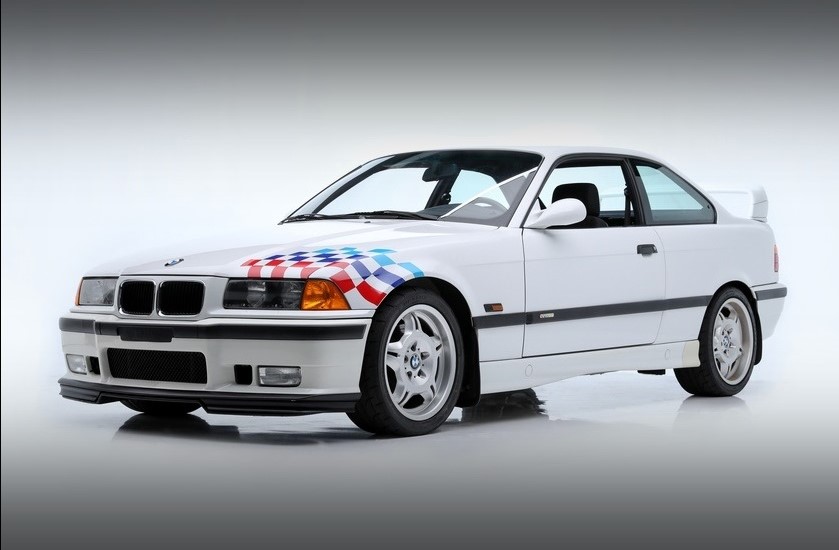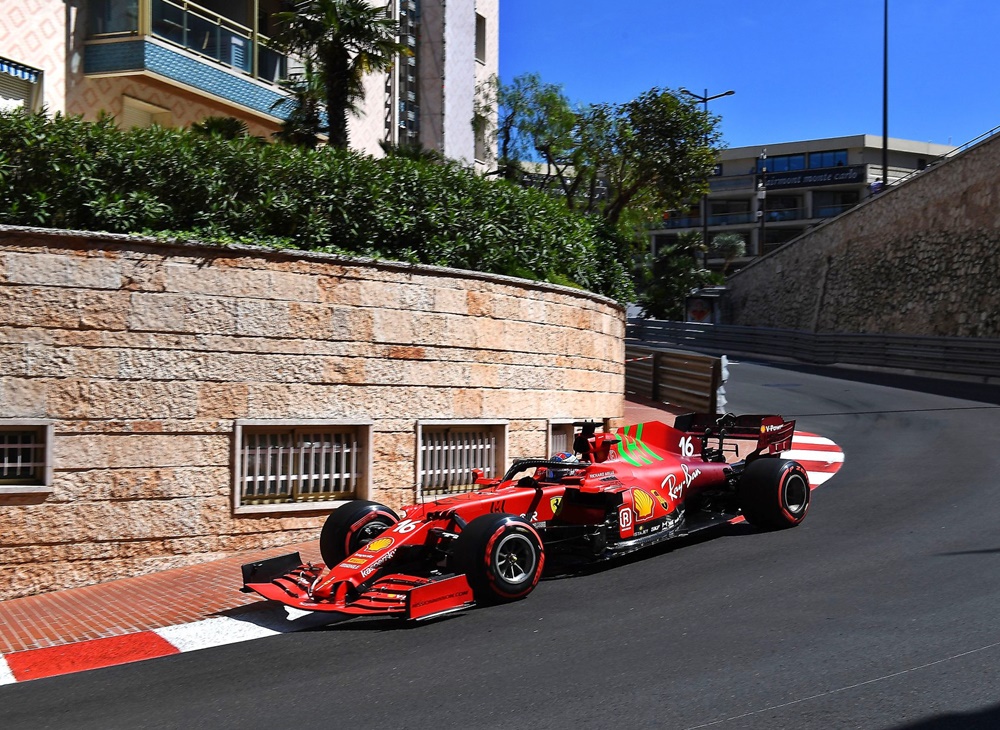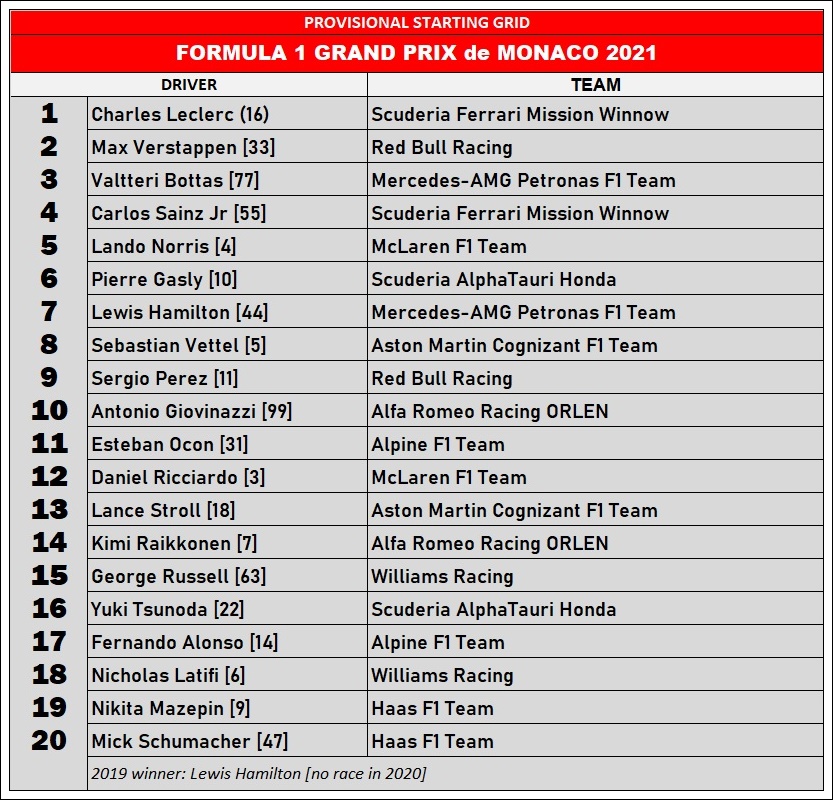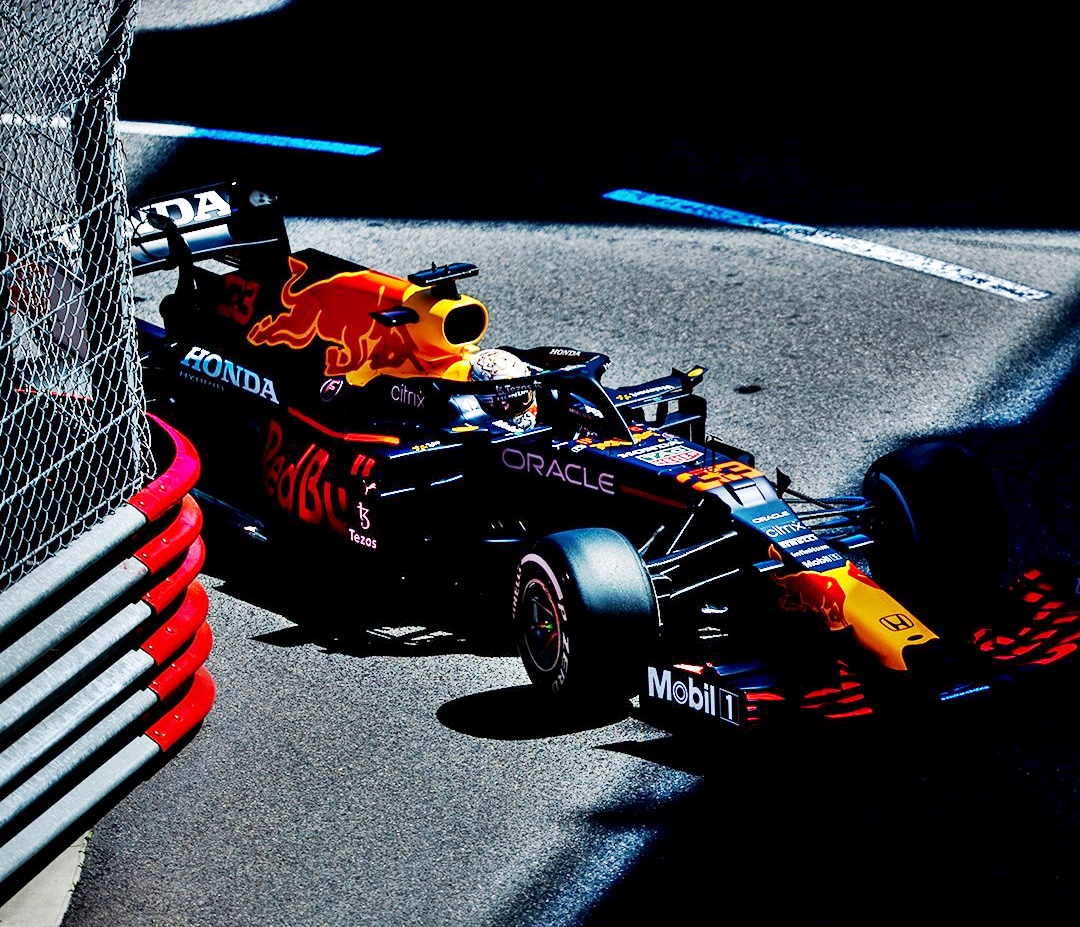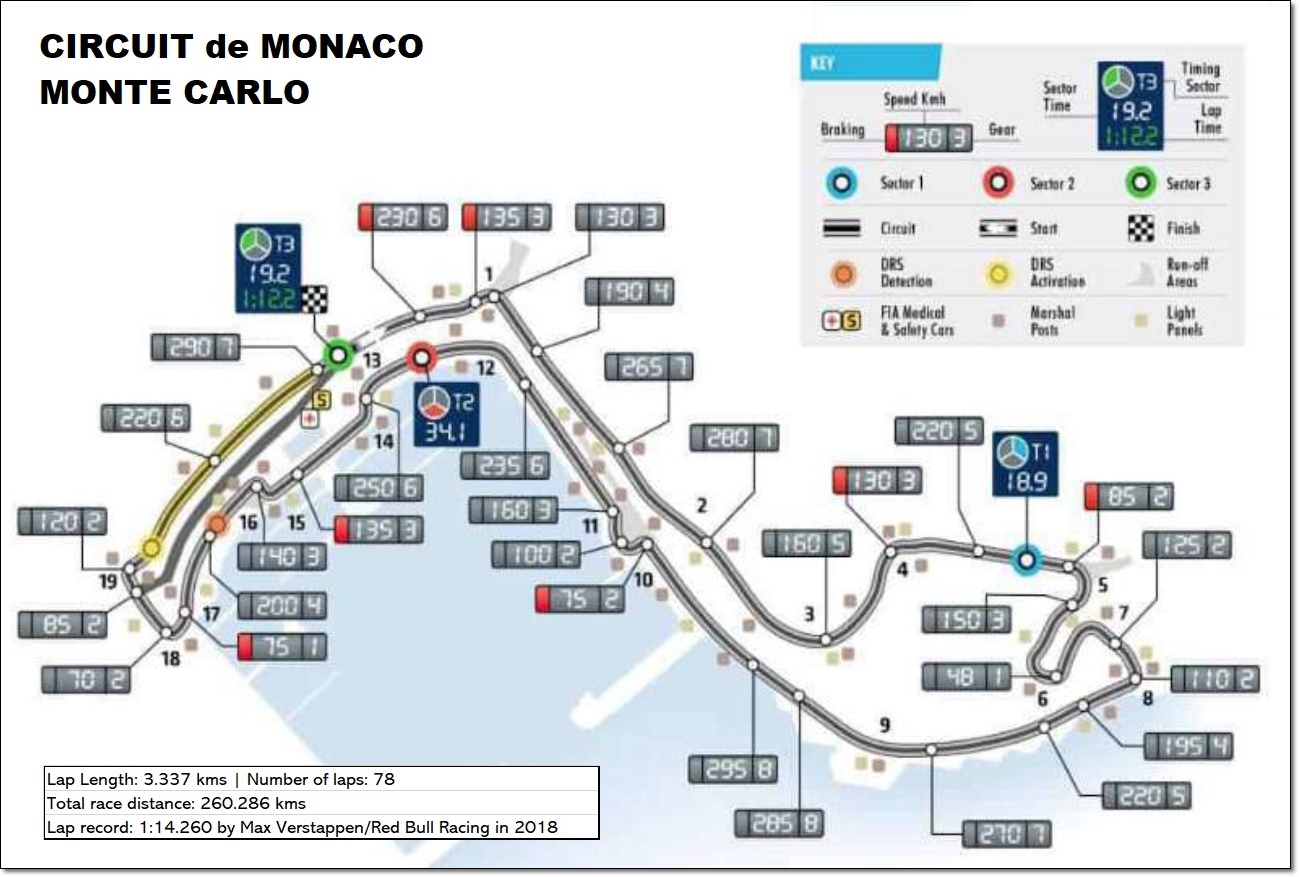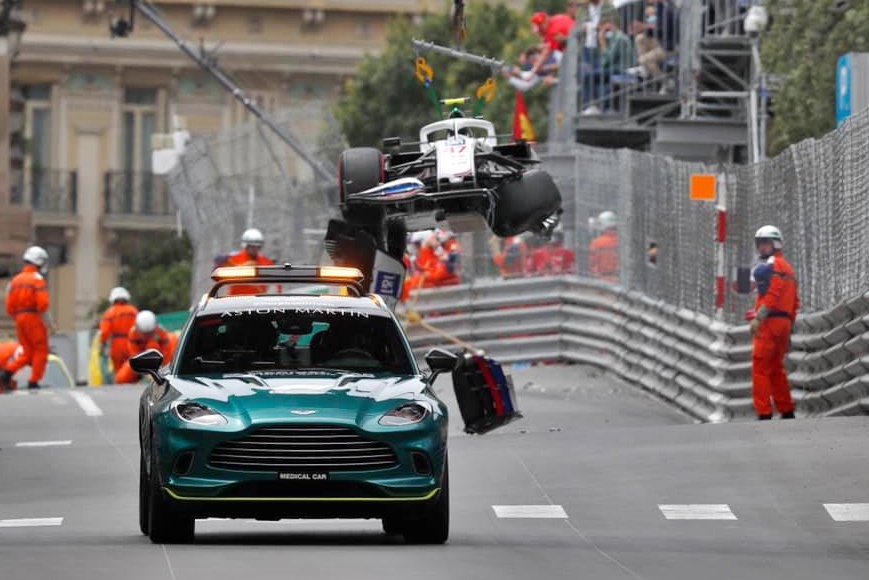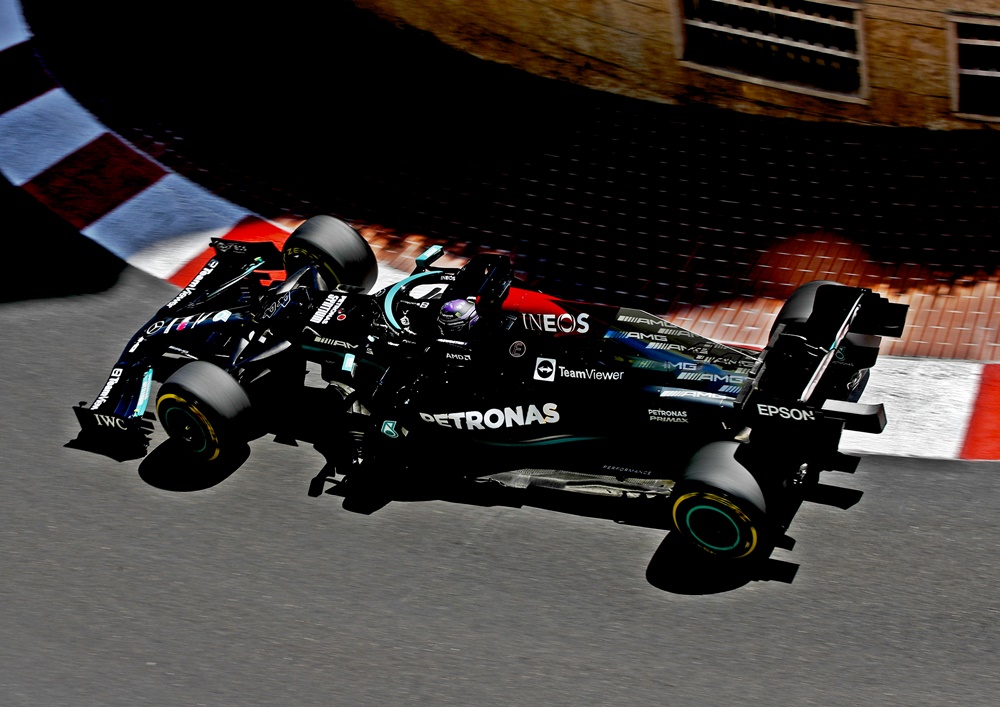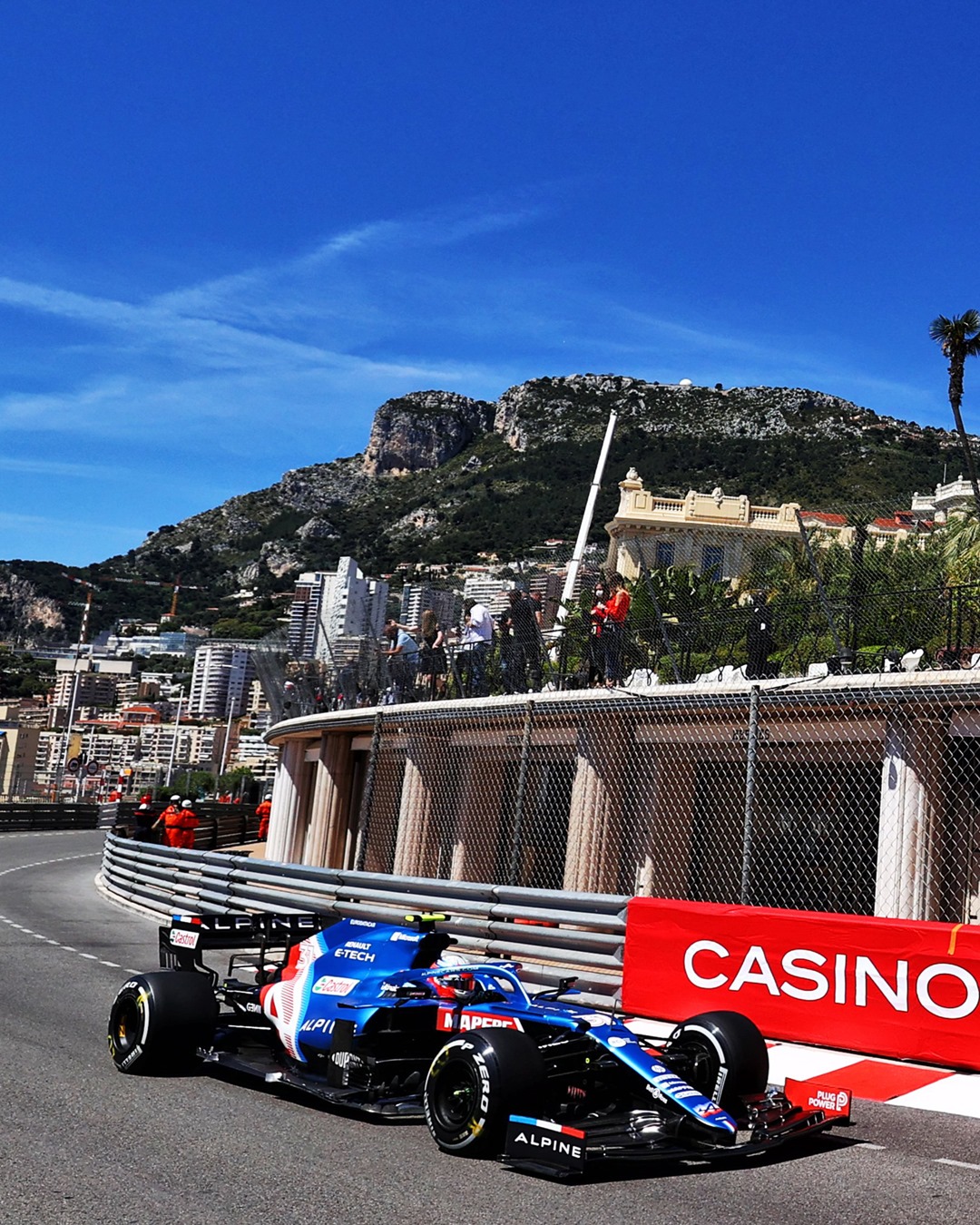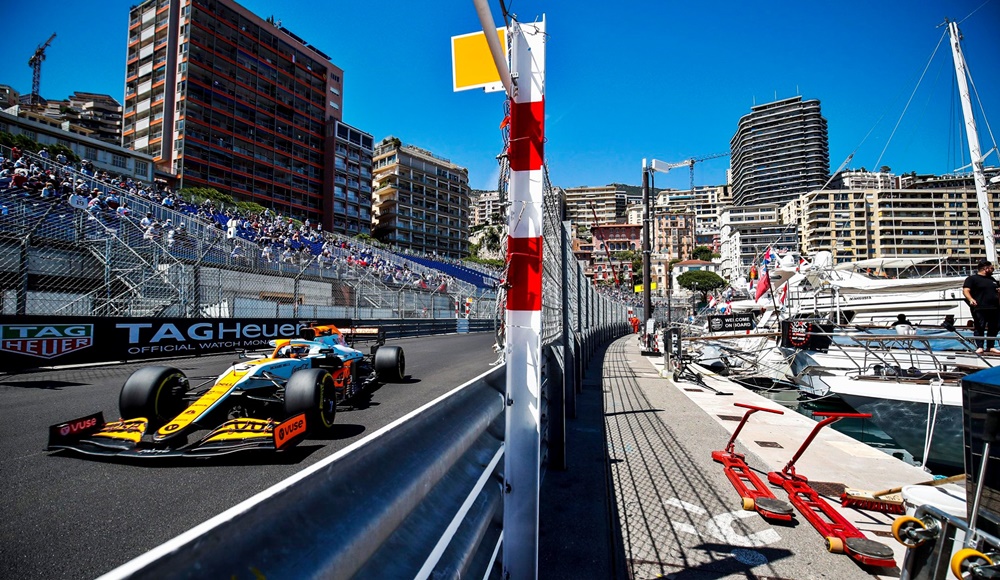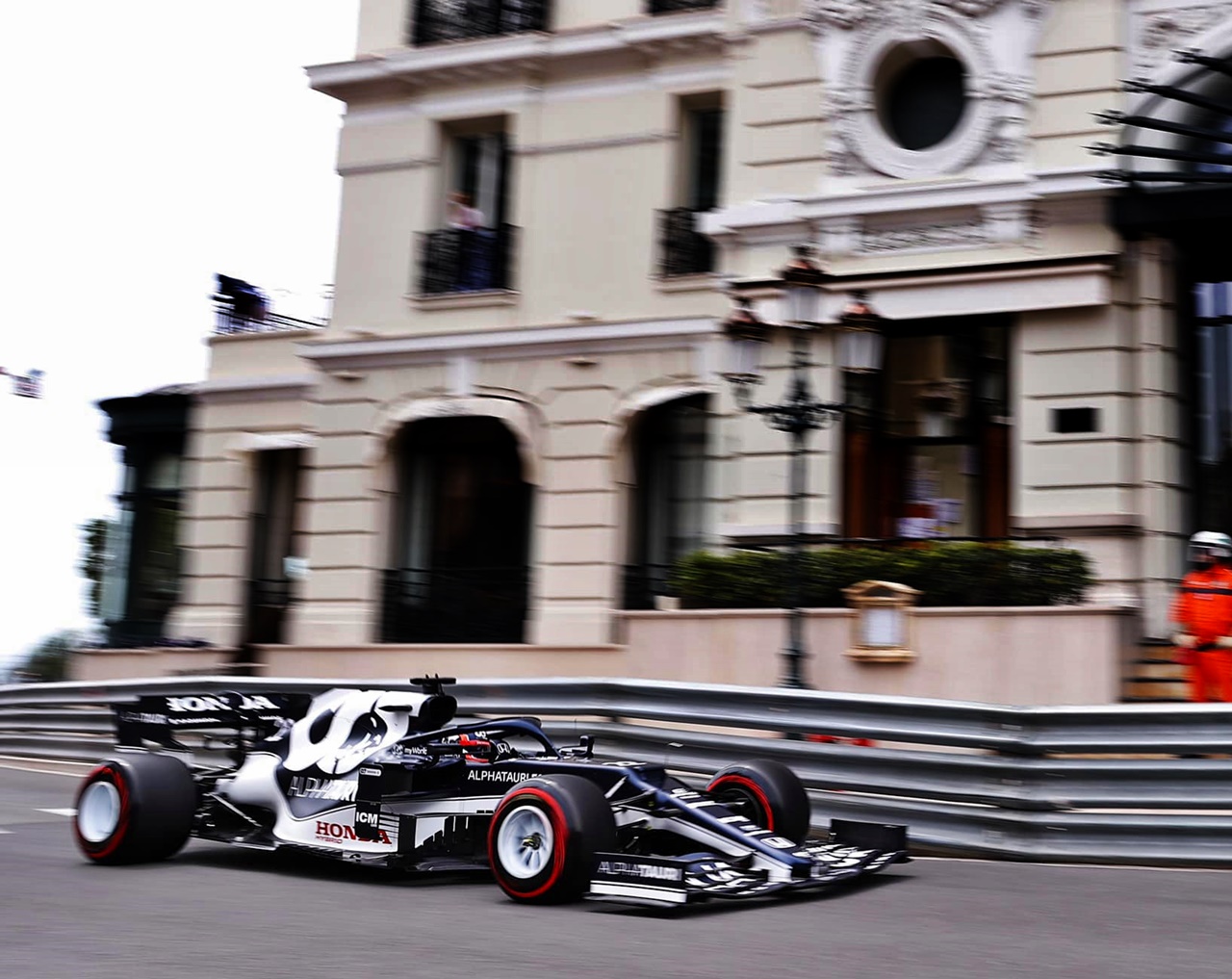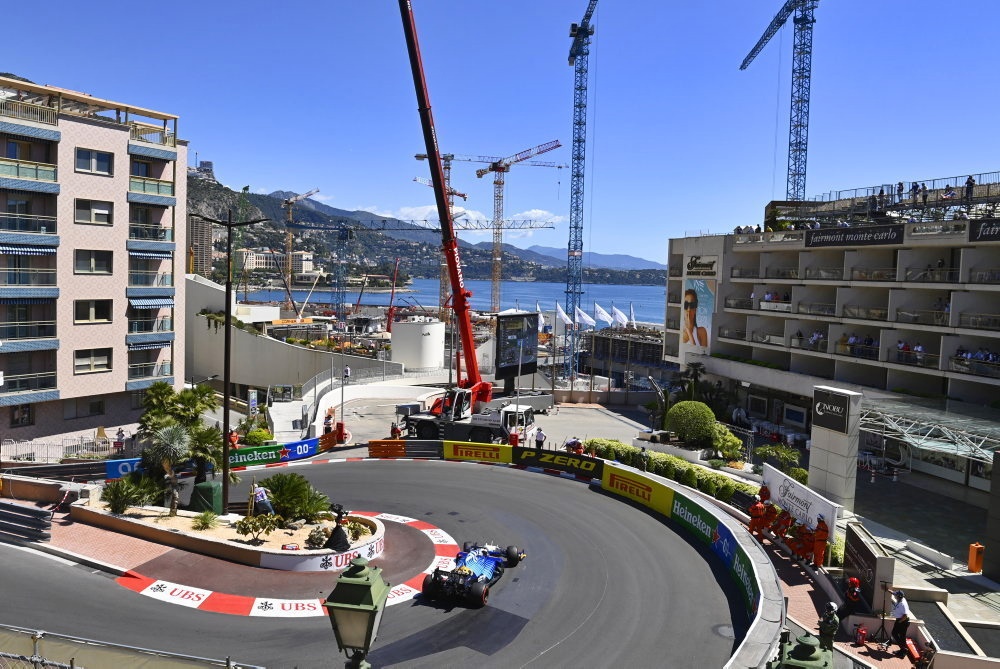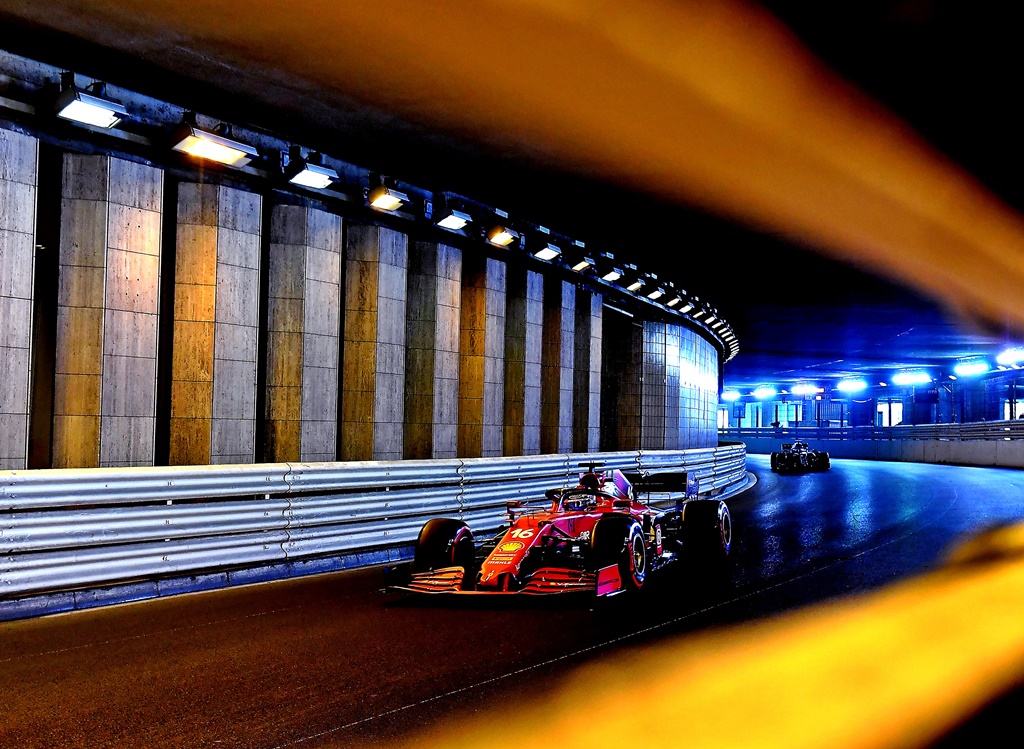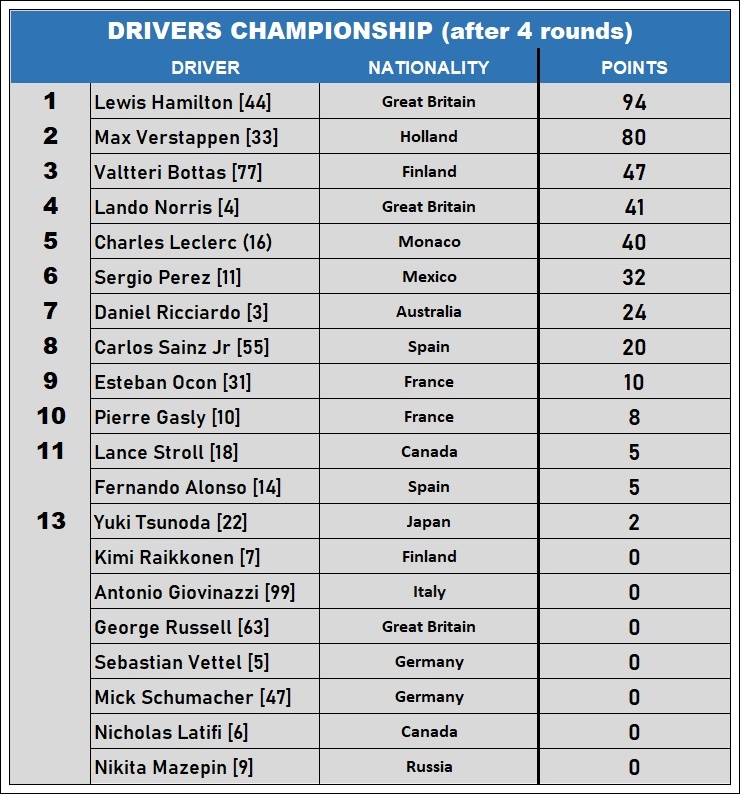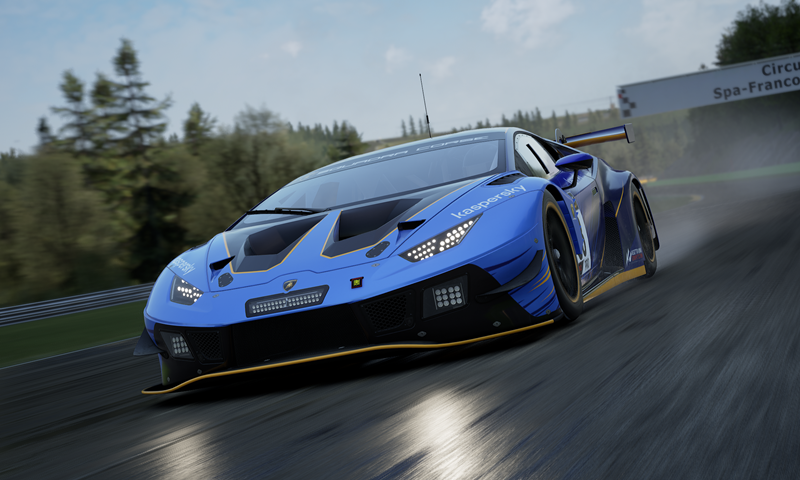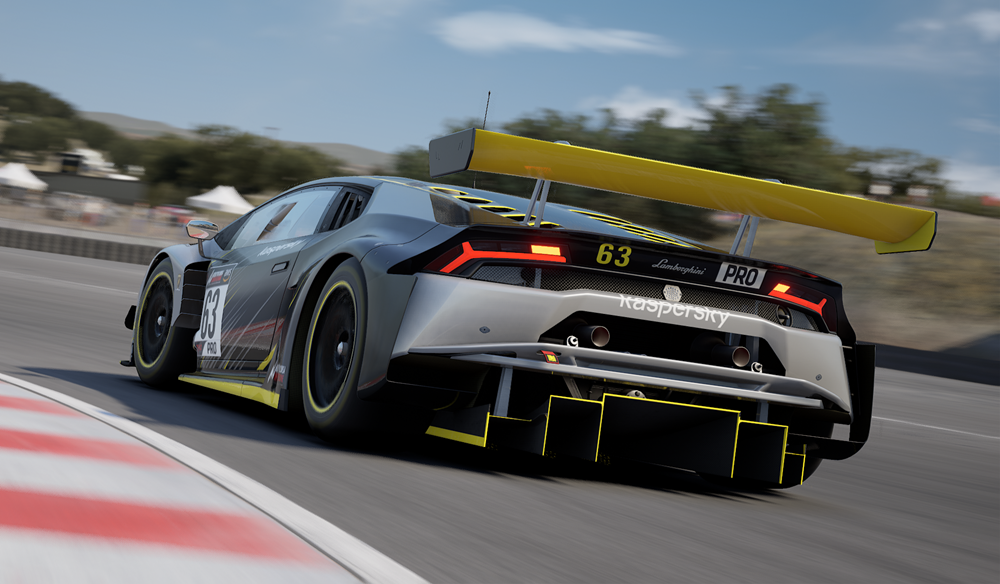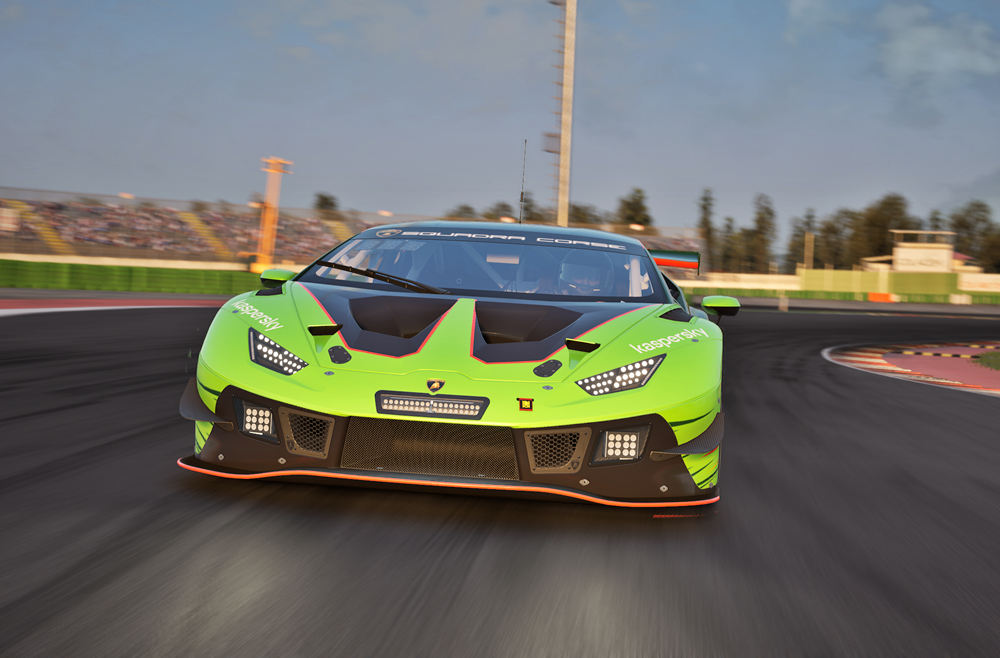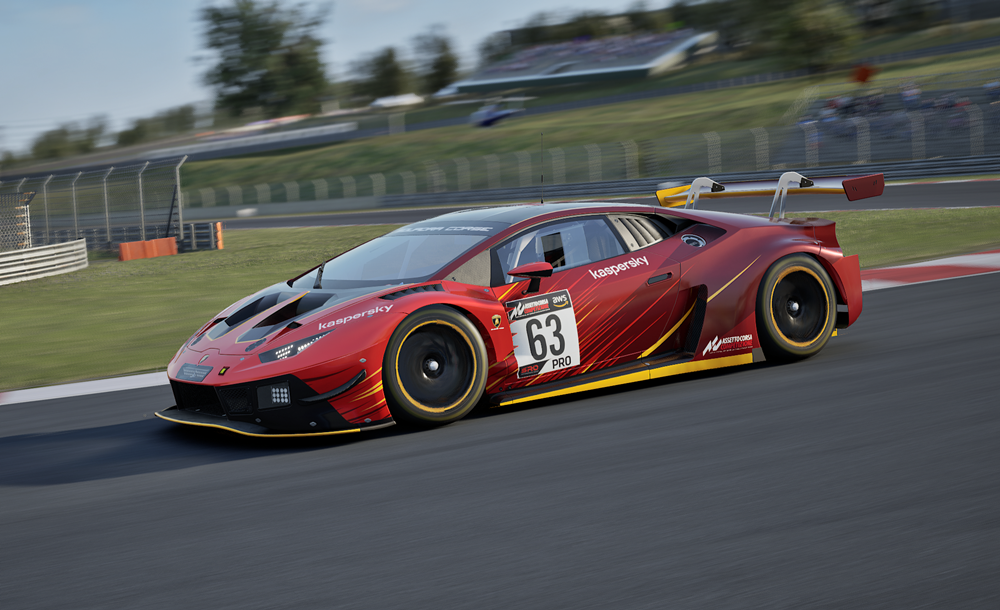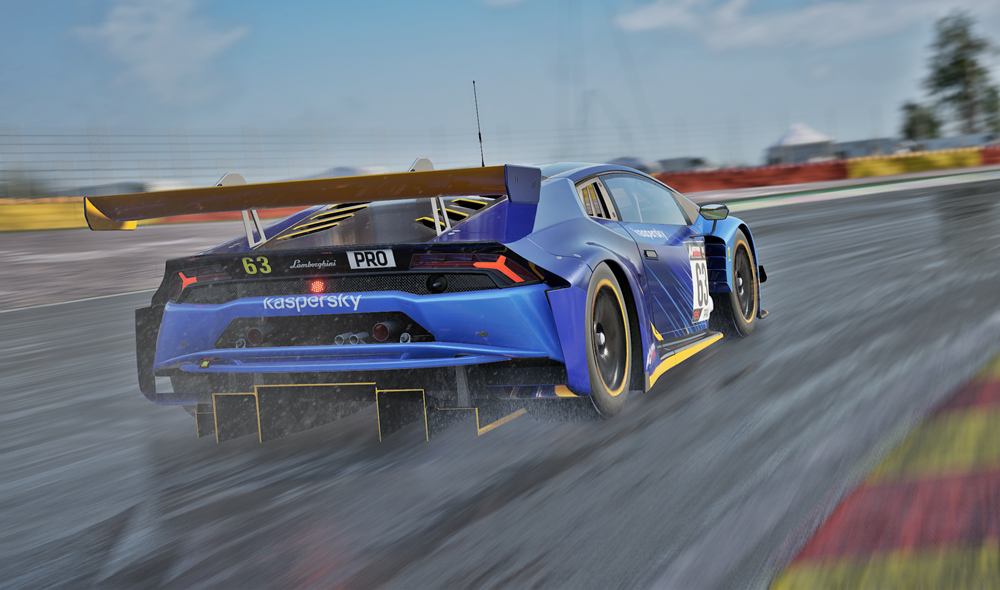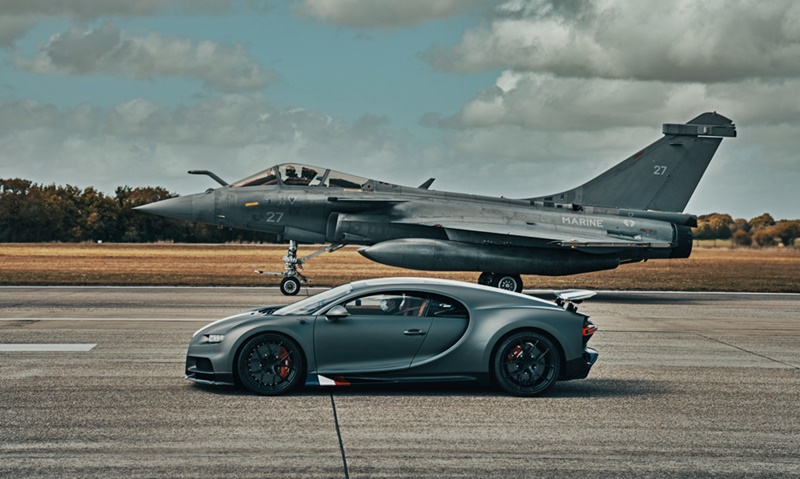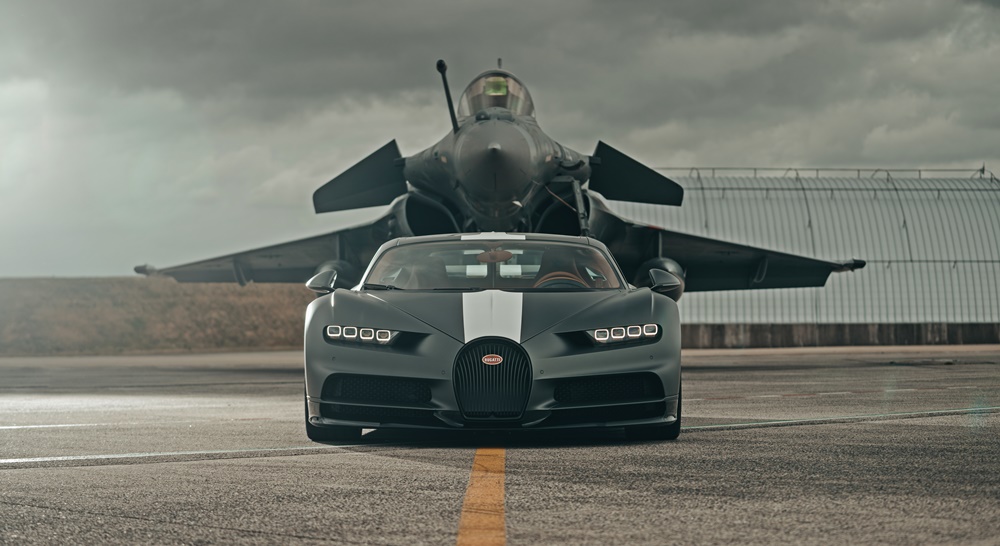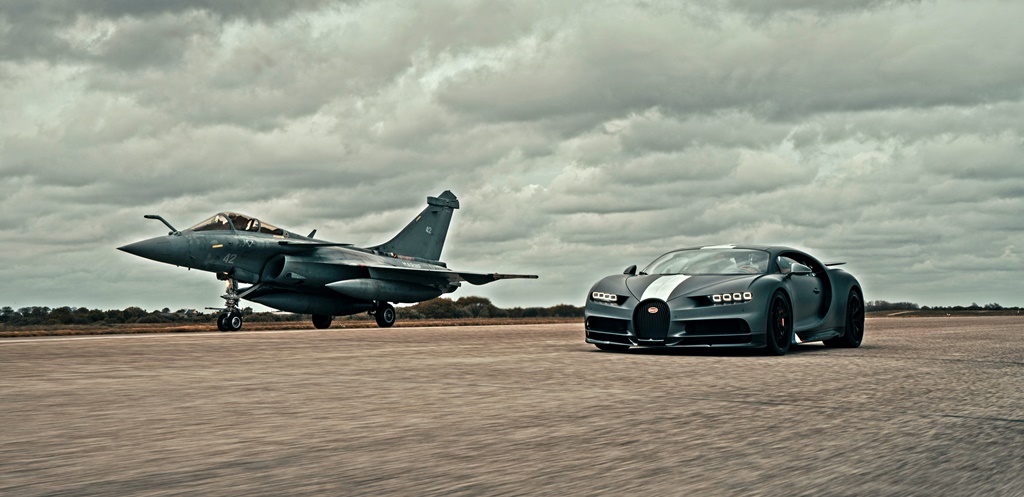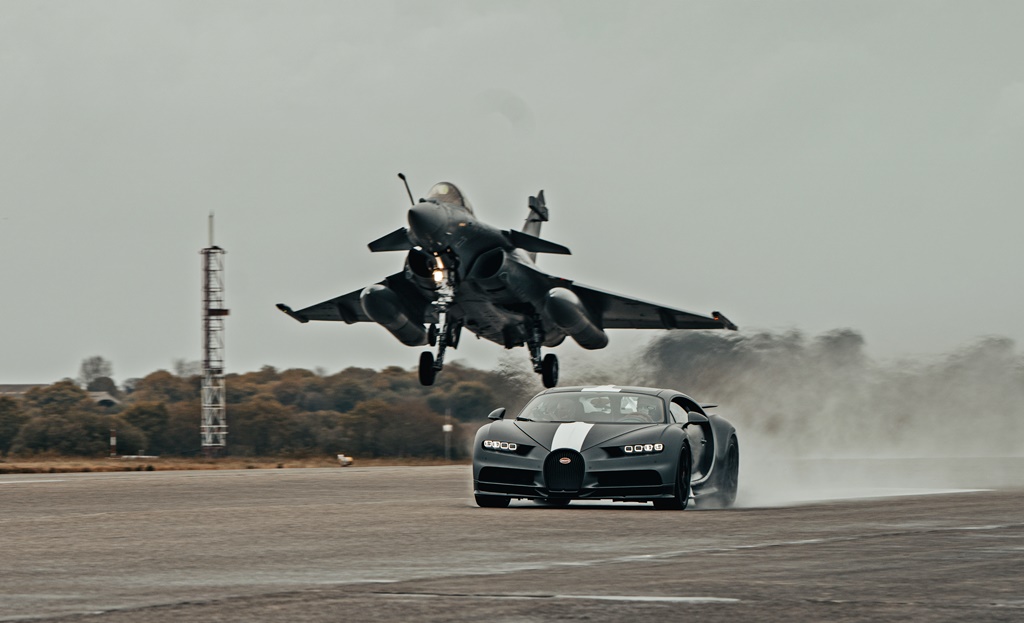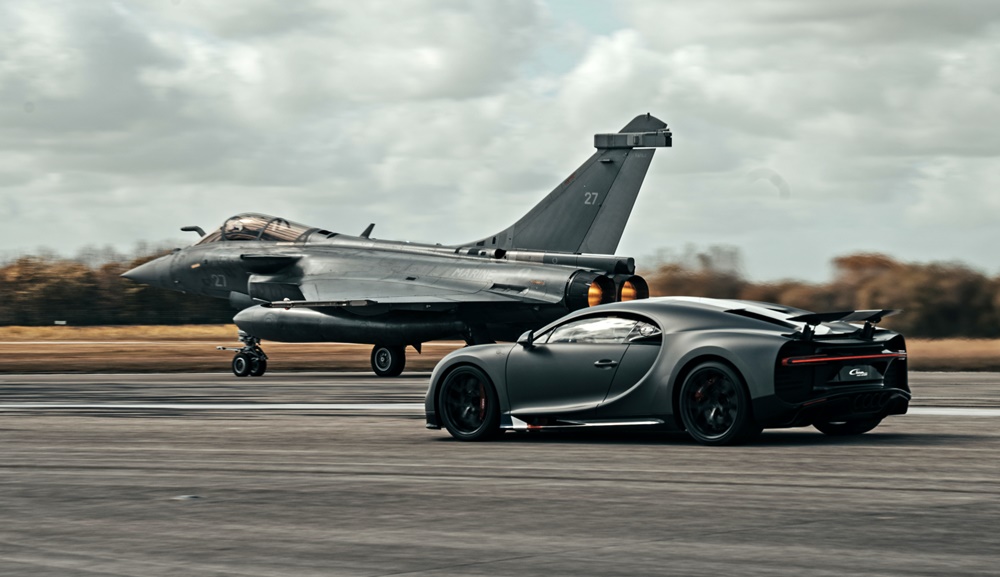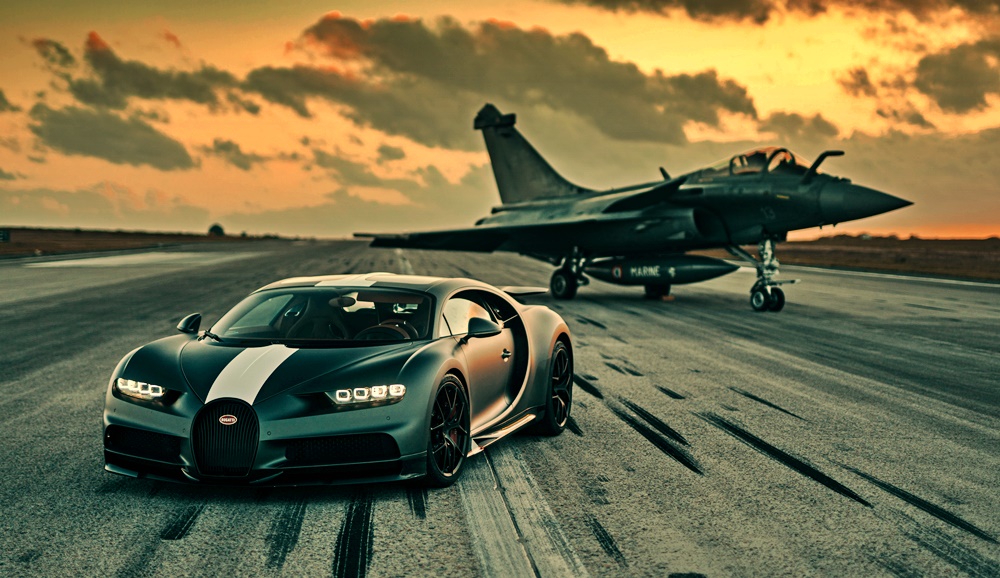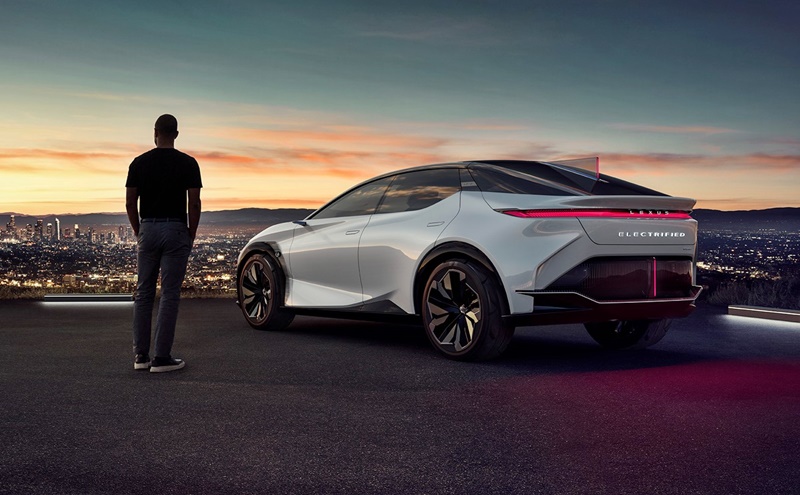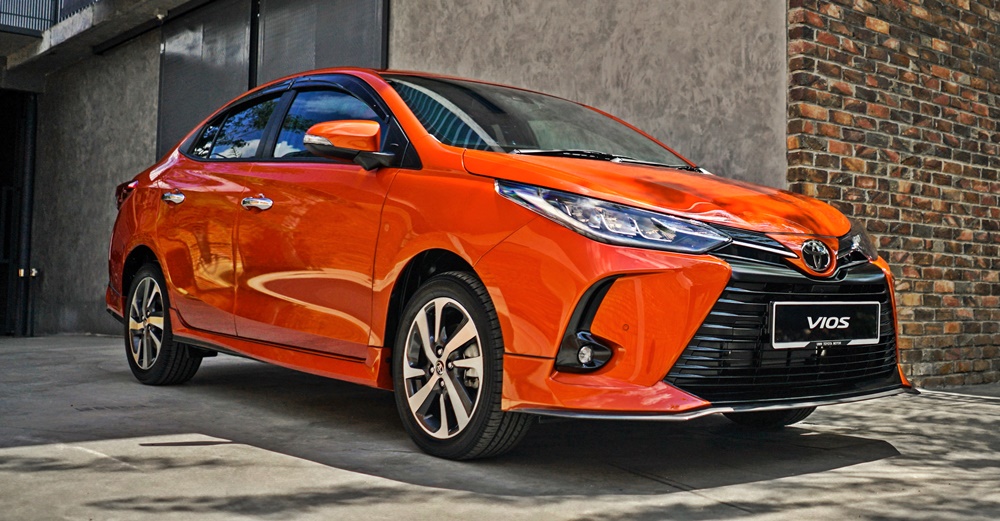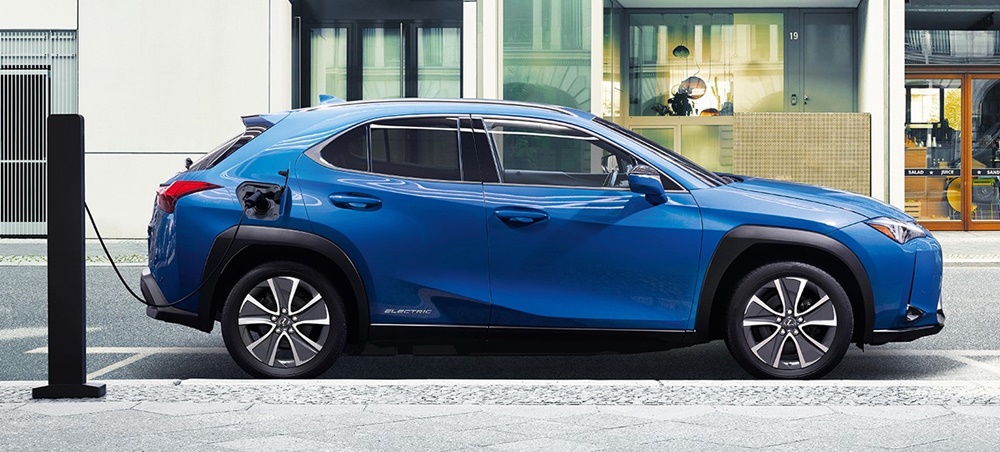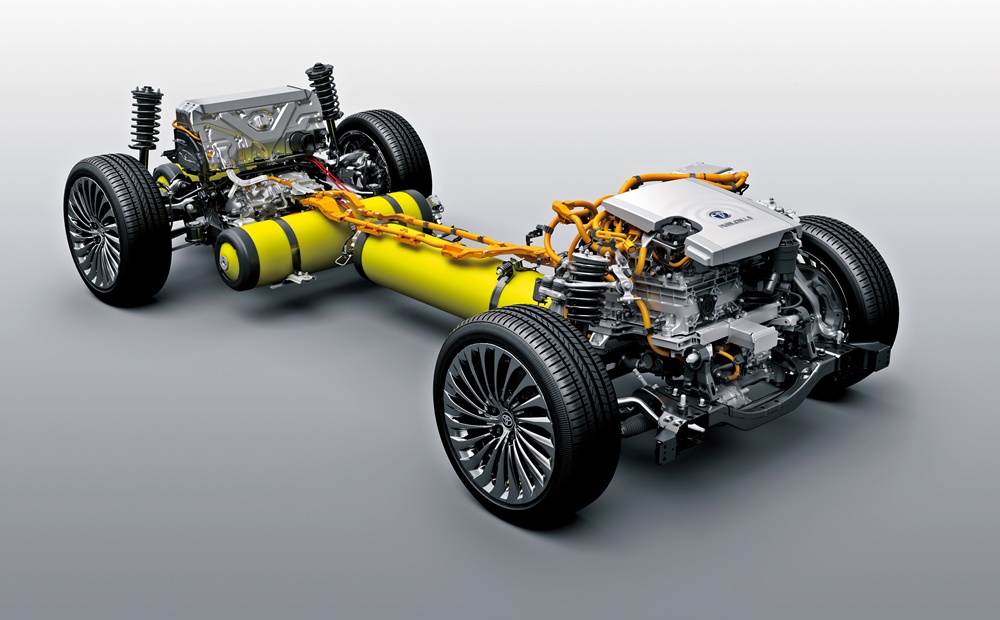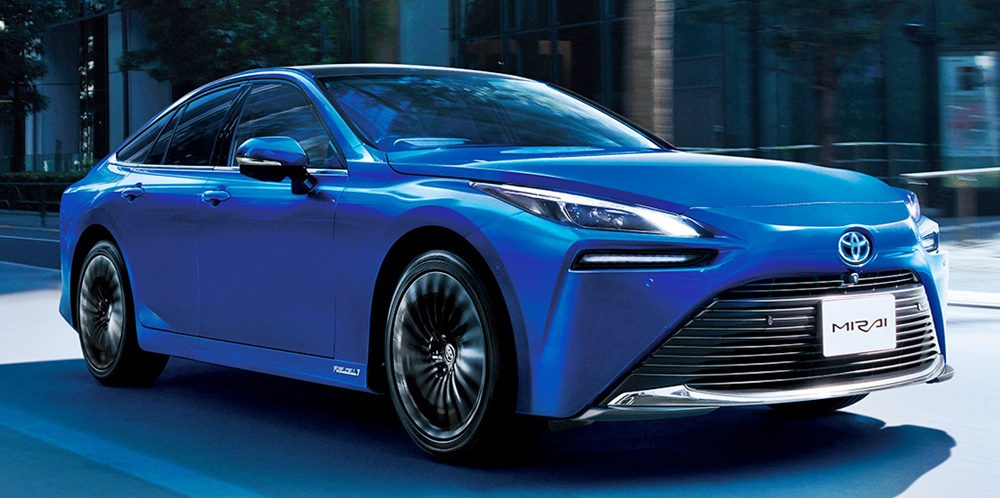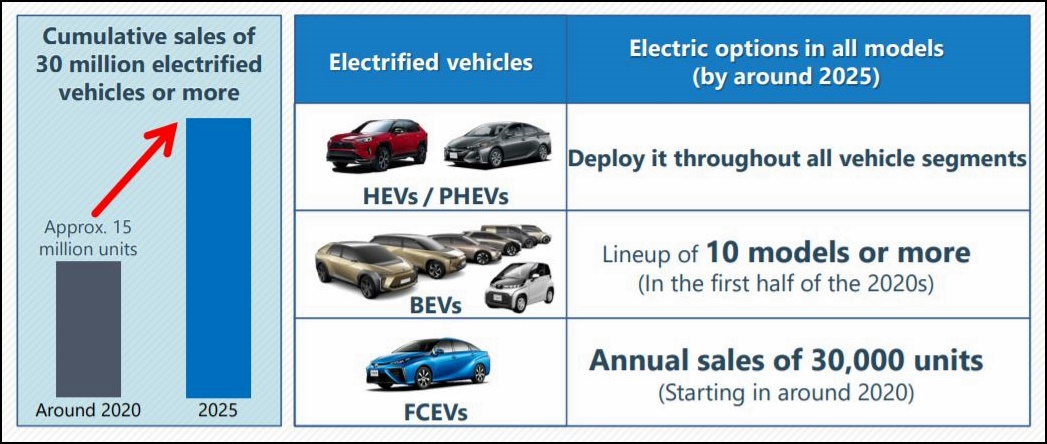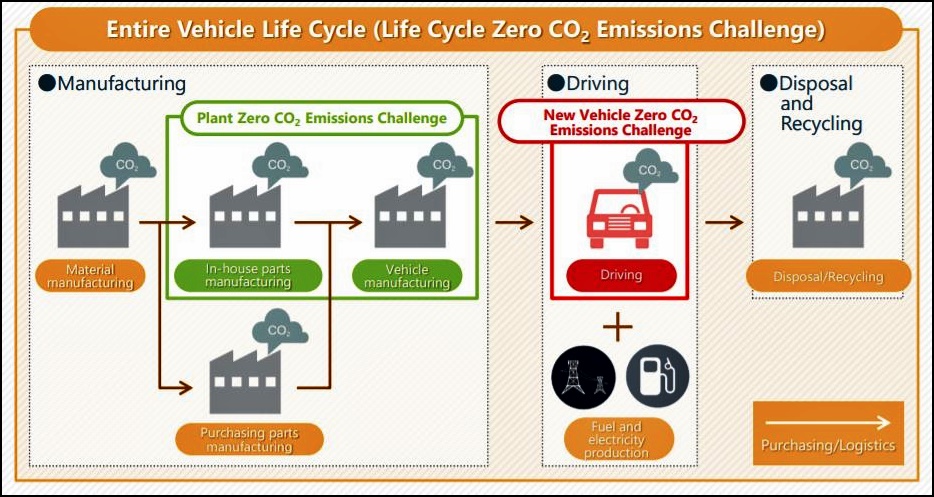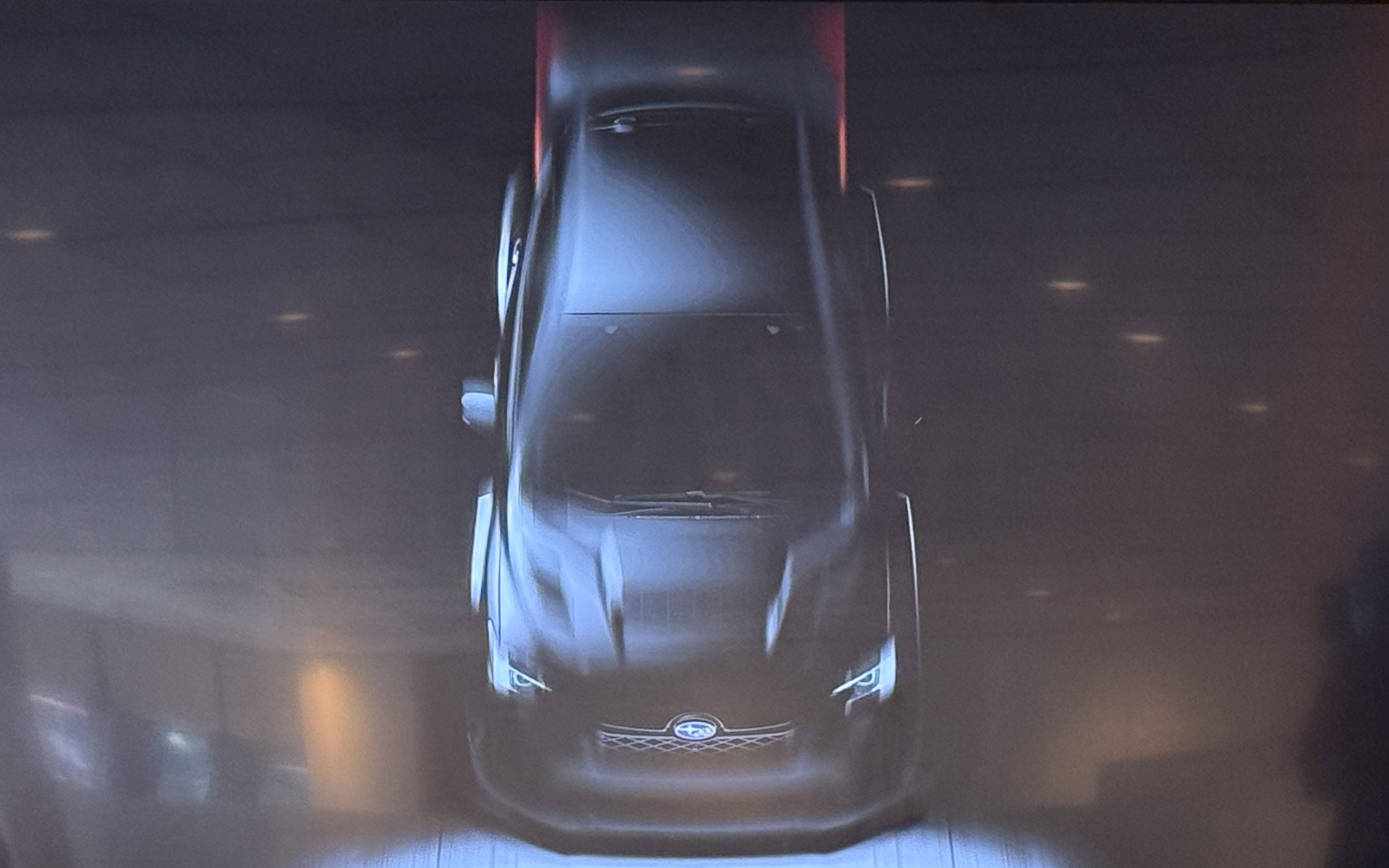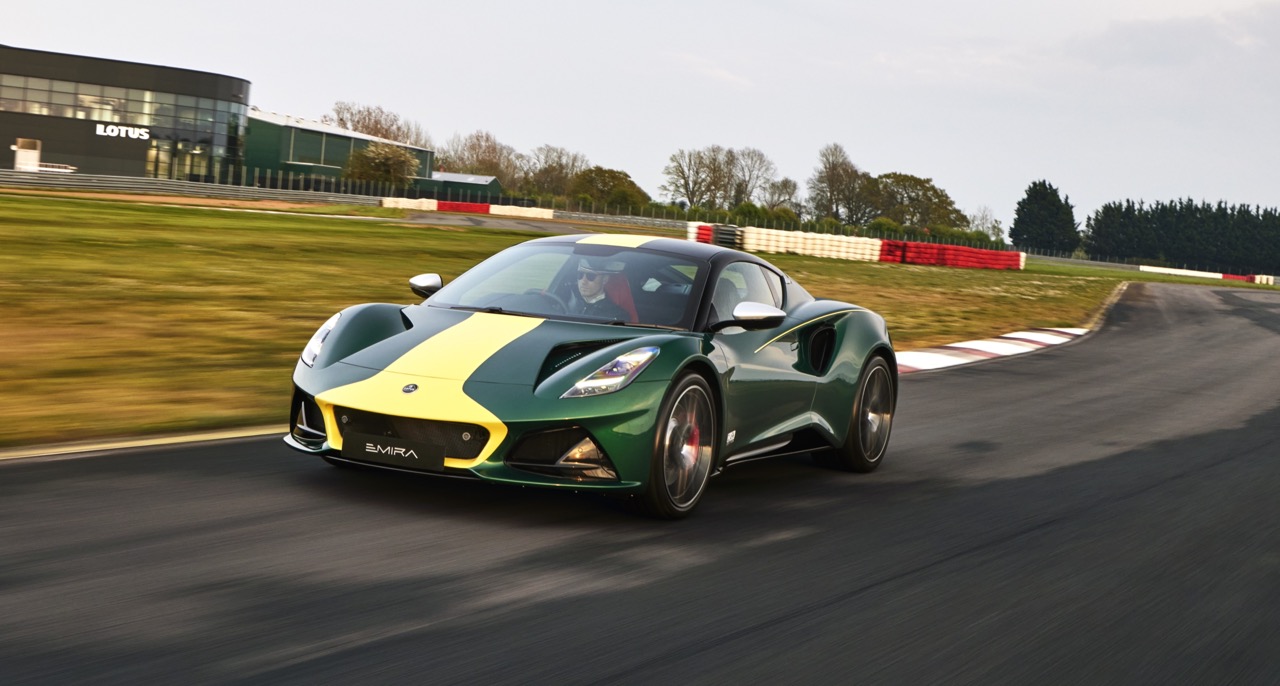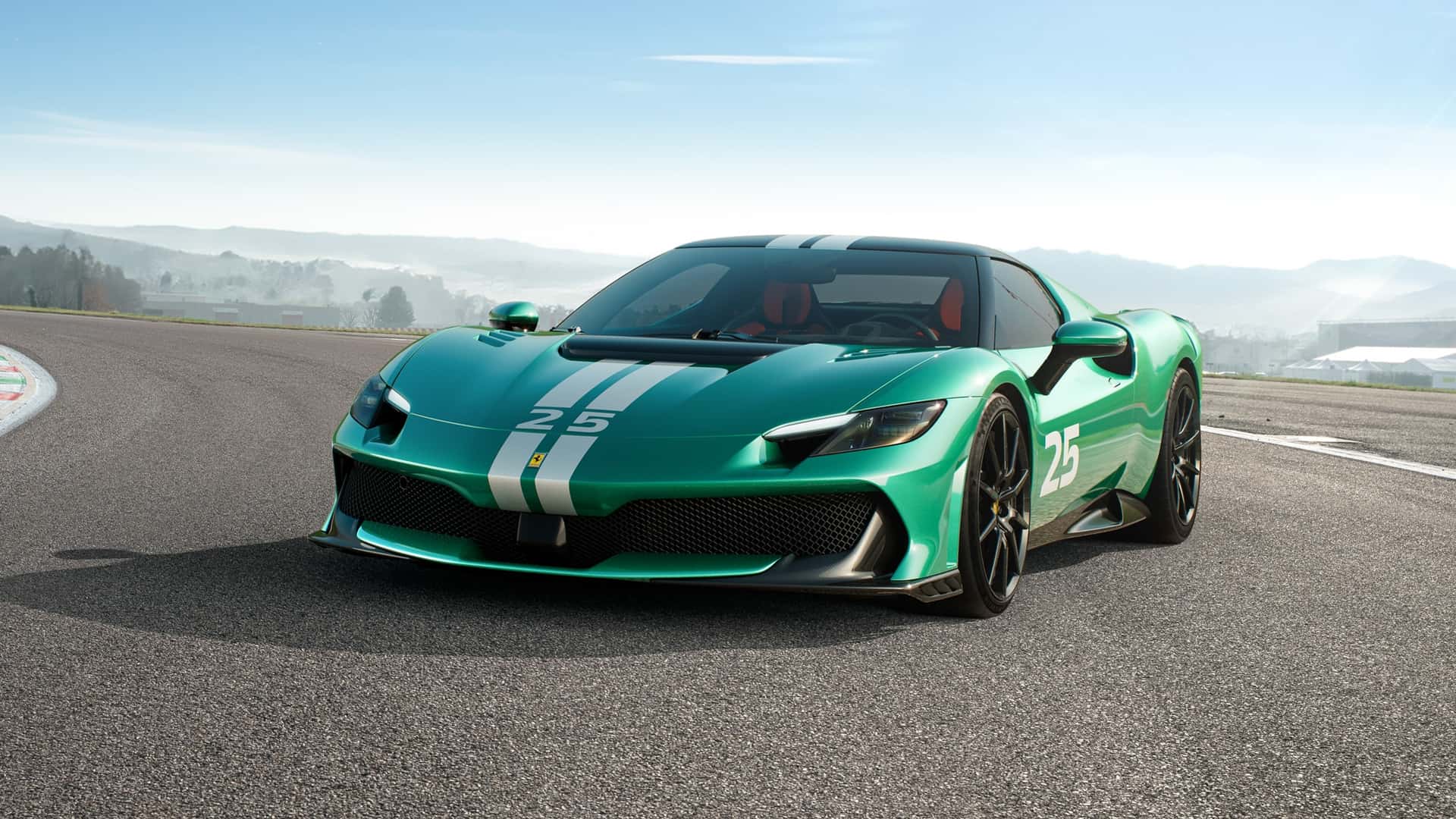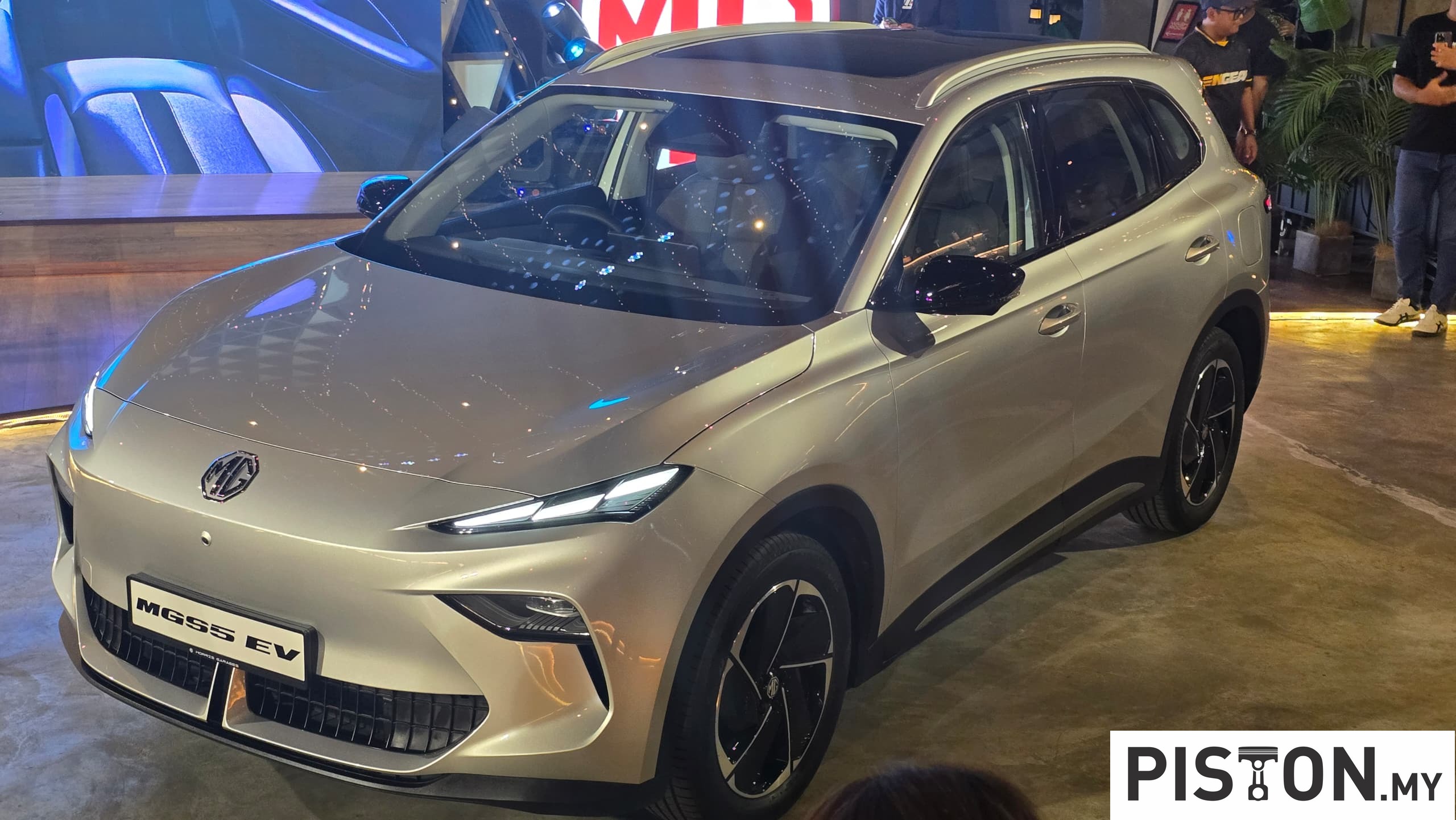Hari Raya Aidilfitri has just passed but for Shell Malaysia, the festive atmosphere continues and to celebrate the festivity, motorists can get extra rewards when they fuel up at Shell stations nationwide. The company has extended the ‘Ekstra Ganjaran Setiap Hari’ BonusLink loyalty programme promotion that awards customers up to 4x points from now until July 31, 2021.
“We continuously look for ways to support and delight our customers as they are at the heart of everything we do. In the spirit of Hari Raya Aidilfitri, we are giving extra rewards to our customers through the extension of the BonusLink loyalty programme promotion so that more Malaysians can earn points and redeem special treats from Shell. It’s simple, quick, and definitely rewarding,” said Shairan Huzani Husain, MD of Shell Malaysia Trading Sdn Bhd and Shell Timur Sdn Bhd.
RM50 of fuel purchases
To participate, customers simply need to swipe their BonusLink card, or use the BLINK app at Shell and pump a minimum of RM50 of Shell fuels in a single receipt. They can easily multiply their points by double, triple – and even quadruple – when they make up to 4 visits per month.
The point multiplication is only applicable within the same month and will reset on the 1st of every month, until July 31, 2021. Customers can sign up for BonusLink at any Shell station nationwide or register by downloading the BLINK app from the Apple App Store or Google Play Store.
In addition, customers can redeem special treats in-store with as low as 100 BonusLink Points (for a limited time). Treats include popular favourites such as Yeo’s canned drink, Coca-Cola Klasik, Nescafe Tarik, Himalaya Salt candy, and Shell SELECT Keropok Ikan.
Help from Shell
“We want Malaysians to continue to enjoy exciting rewards that we have to offer with ‘Ekstra Ganjaran Setiap Hari’. With the traveling restrictions being enforced, we understand that it may be challenging for Malaysians to truly experience up to 4x points with BonusLink every time they refuel at Shell. We hope with this extension, Malaysians will be able to make the most out of their journeys with Shell,” Encik Shairan said.
He explained that the extension is also Shell’s way of helping out in the economic uncertainties Malaysians are experiencing with the nationwide MCO. “We understand it has not been easy for all; we will continue to stand with our customers, and by providing them with the extra value every time they refuel at Shell, we hope to help more Malaysians to make the most of their Ringgit. We hope our little effort will go some ways in helping Malaysians to go further,” added Encik Shairan.

